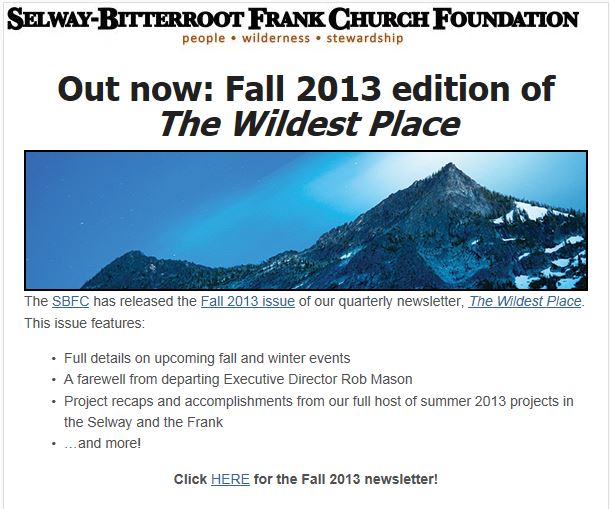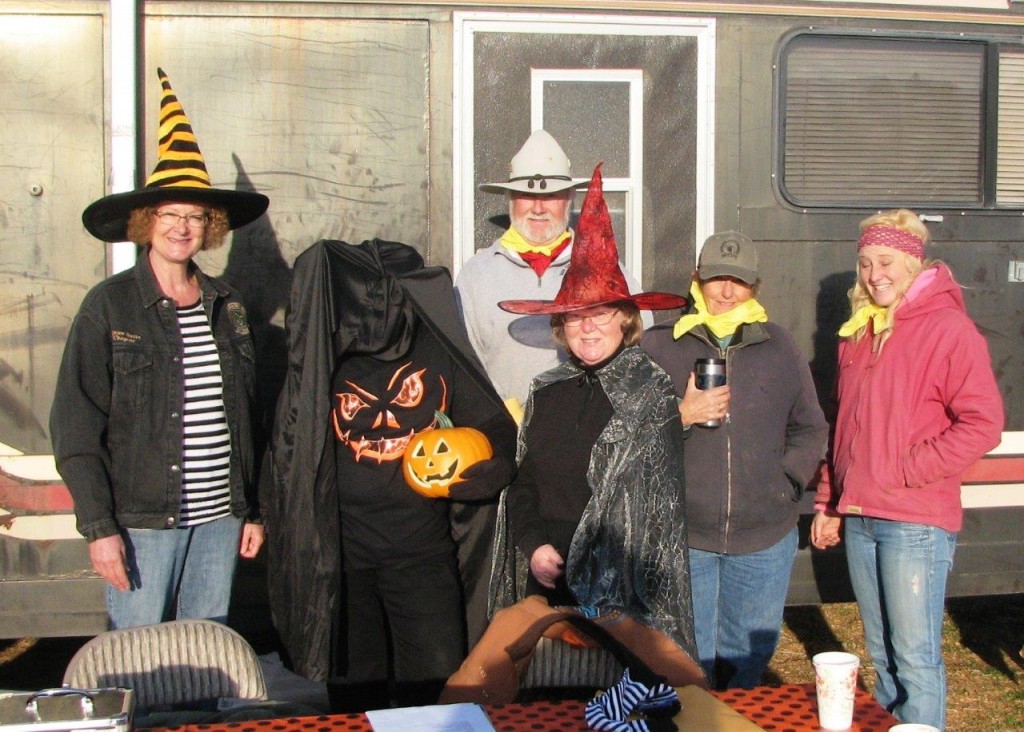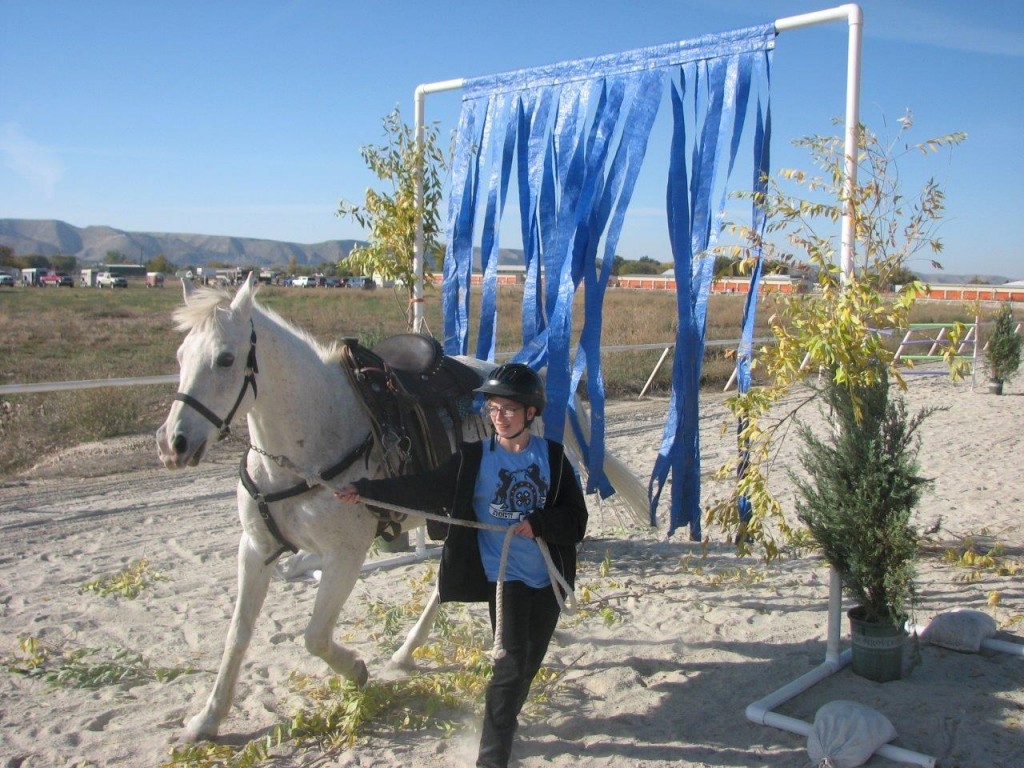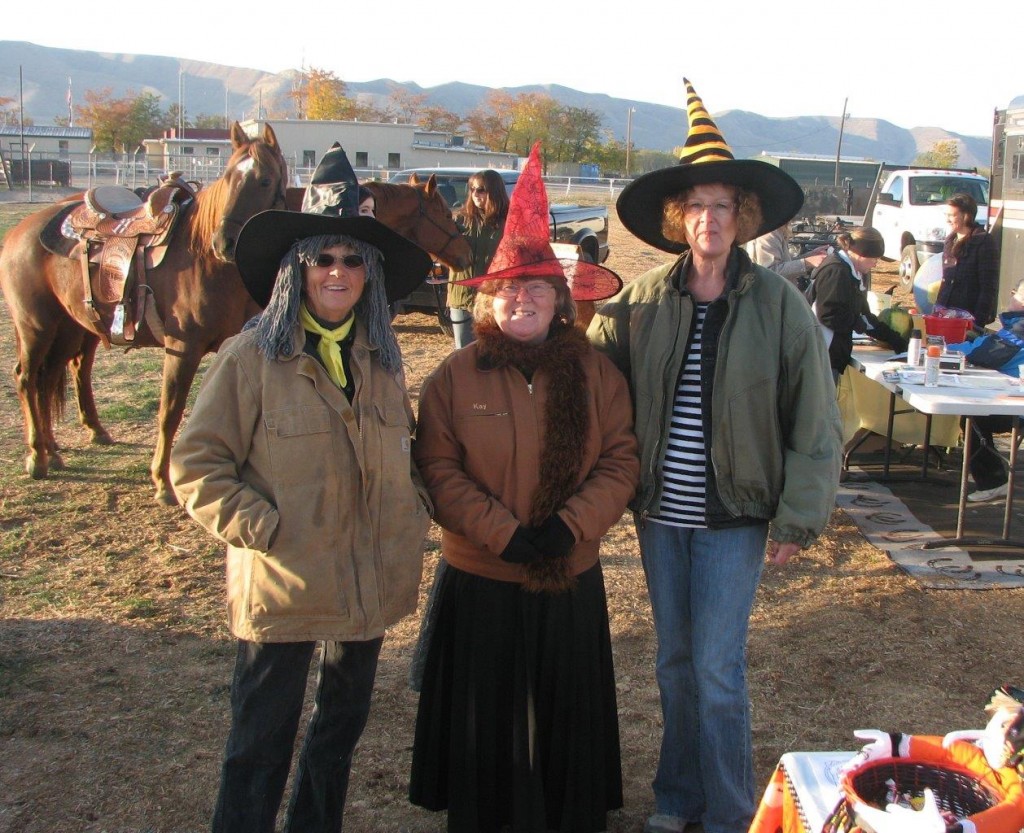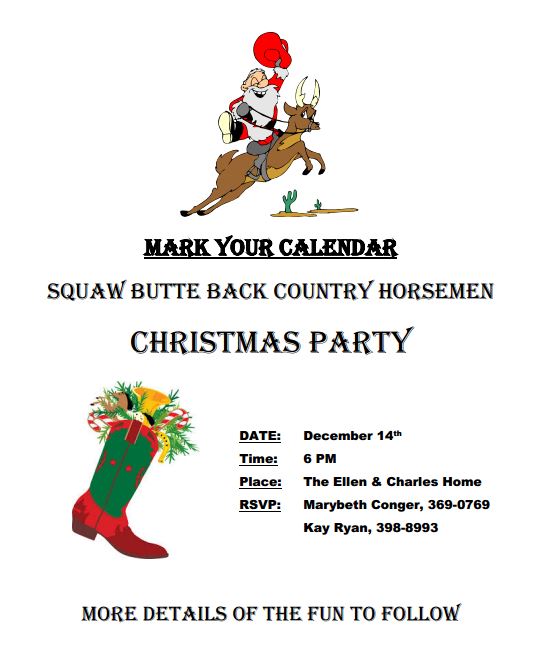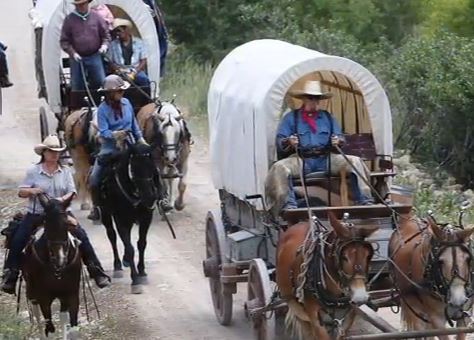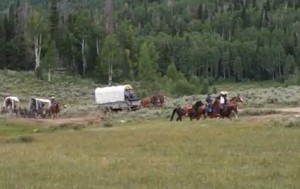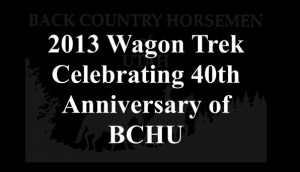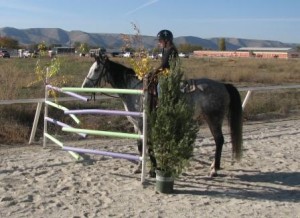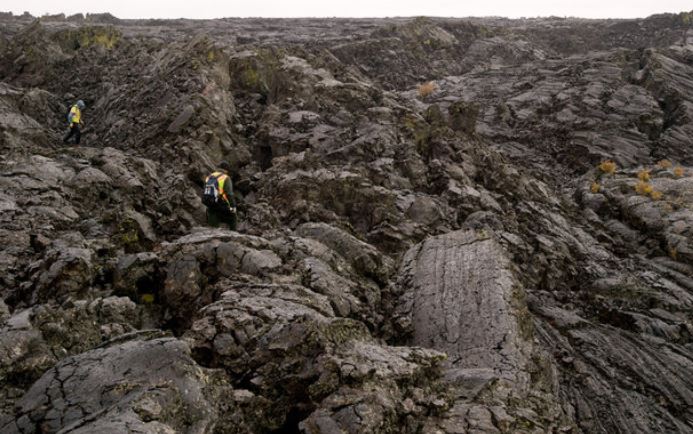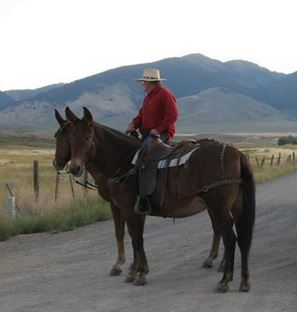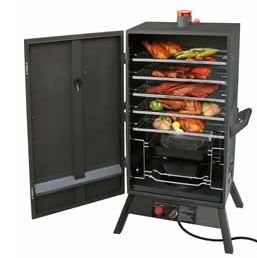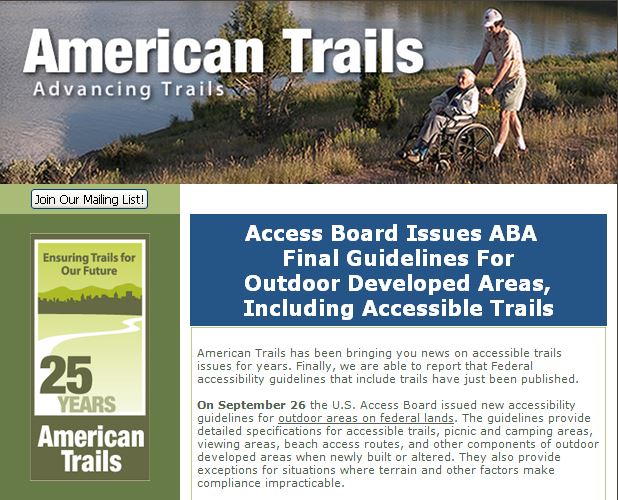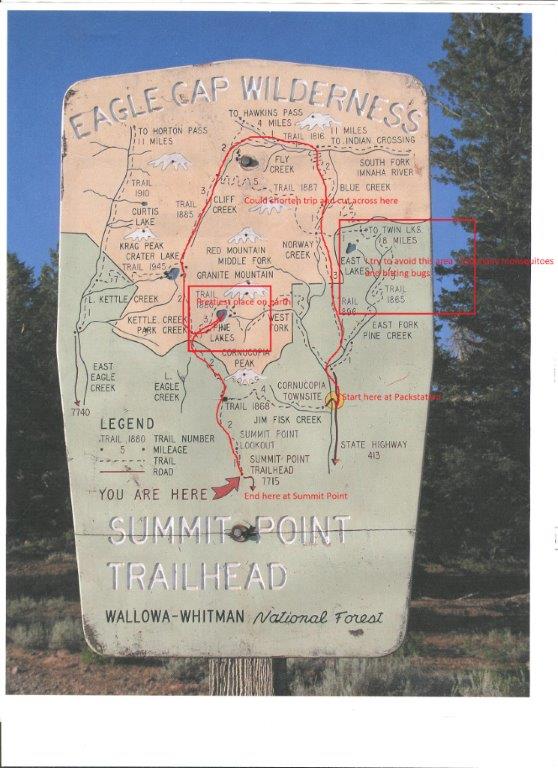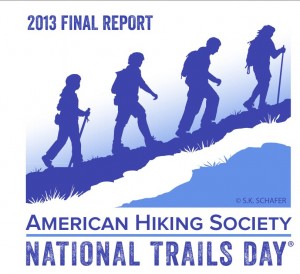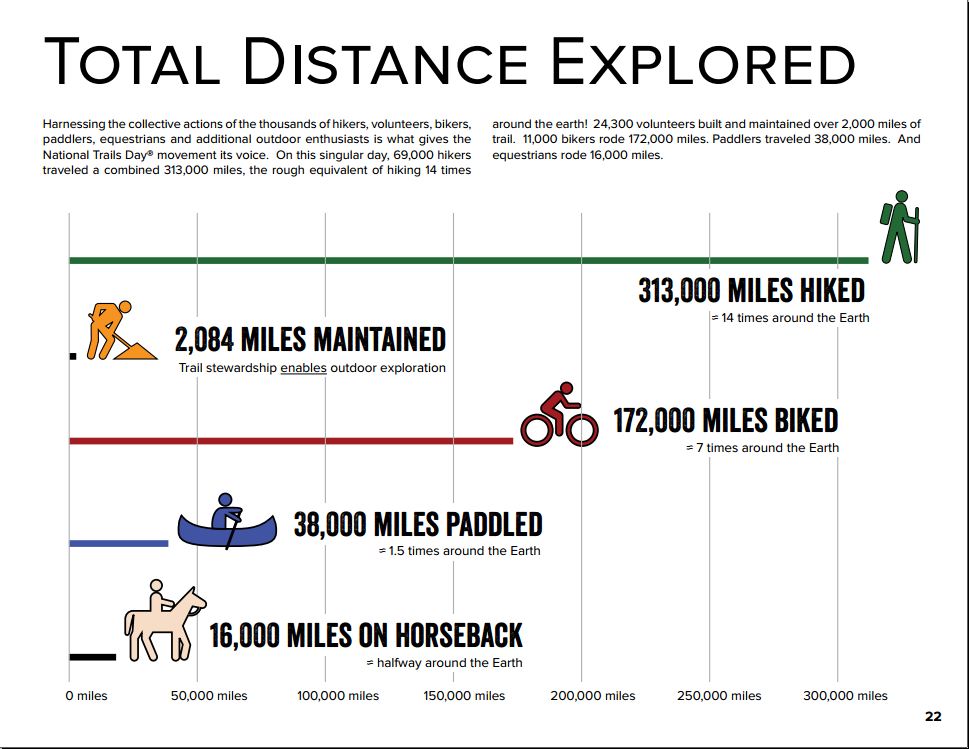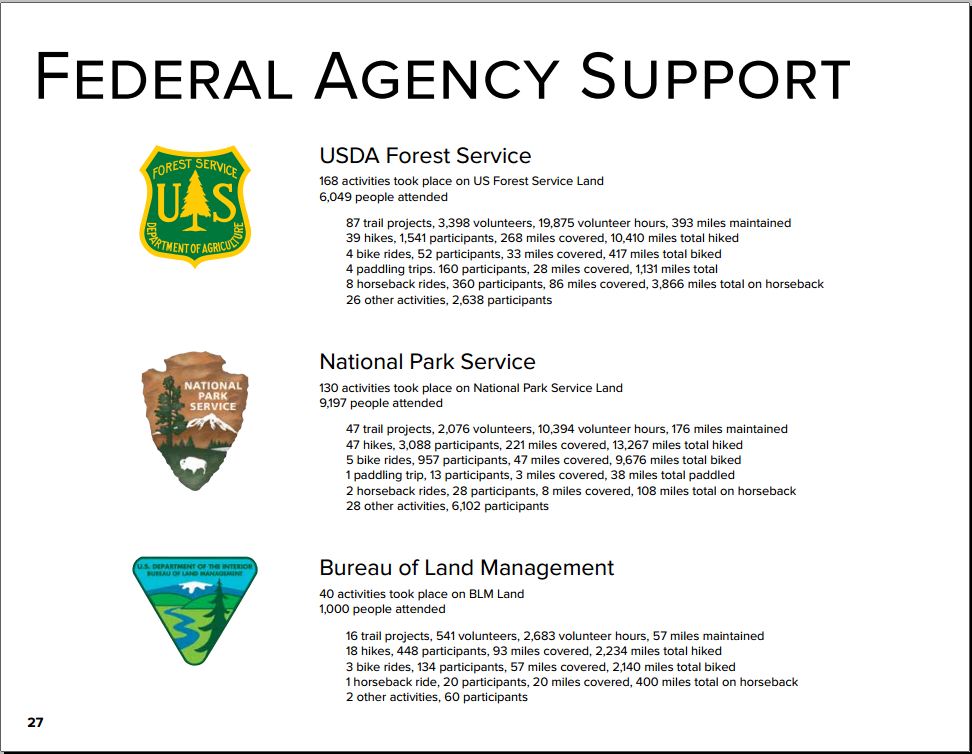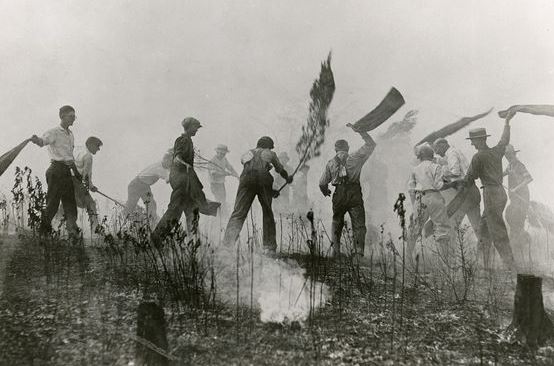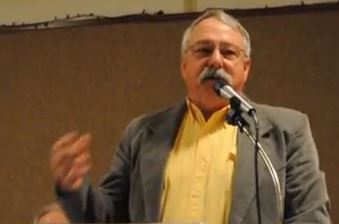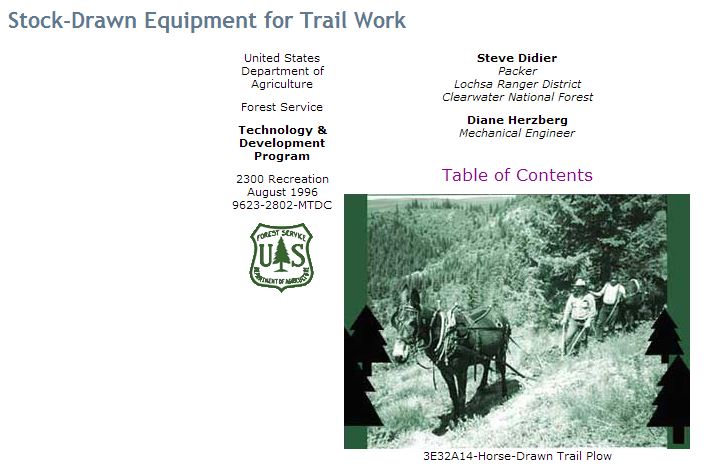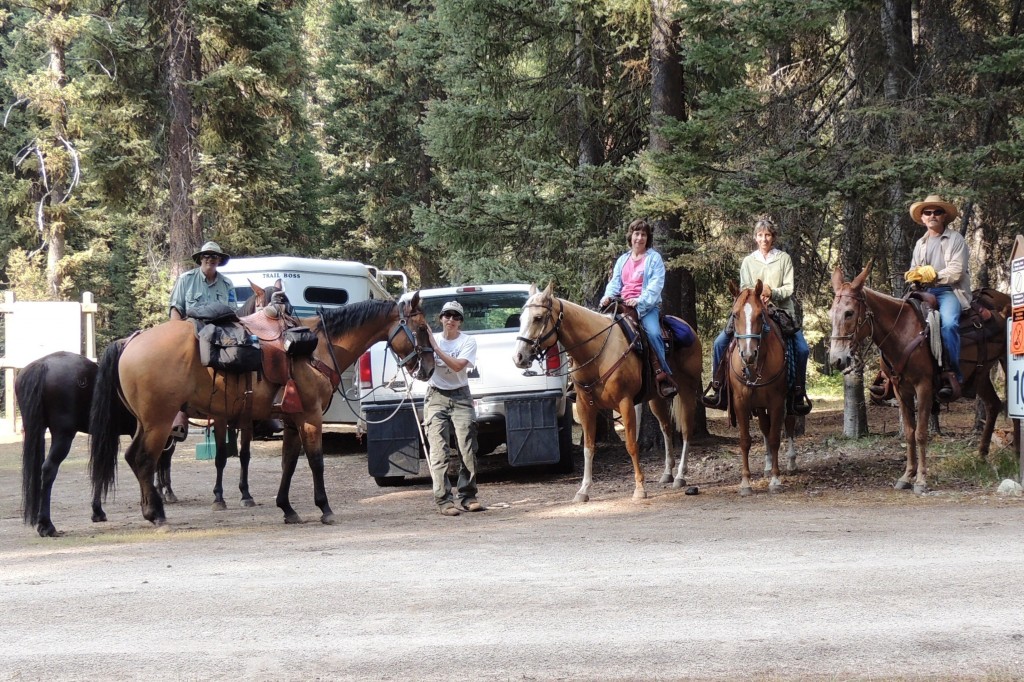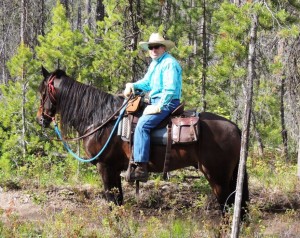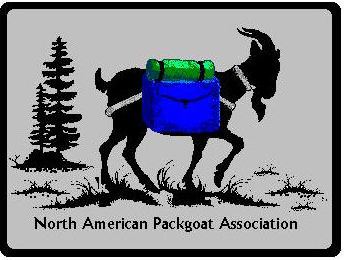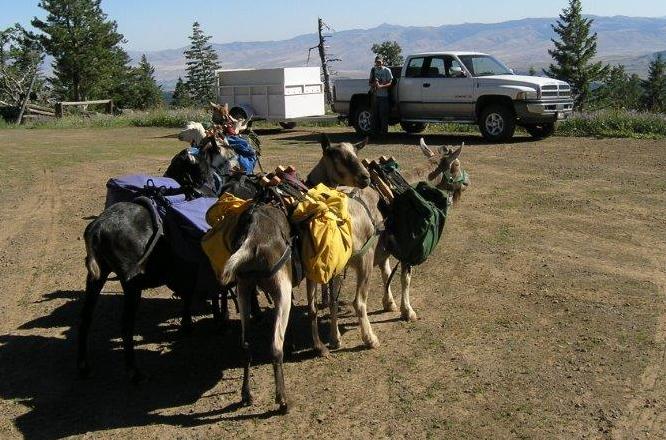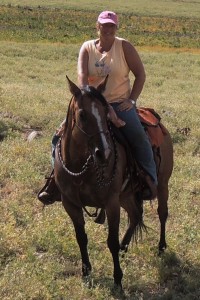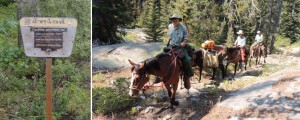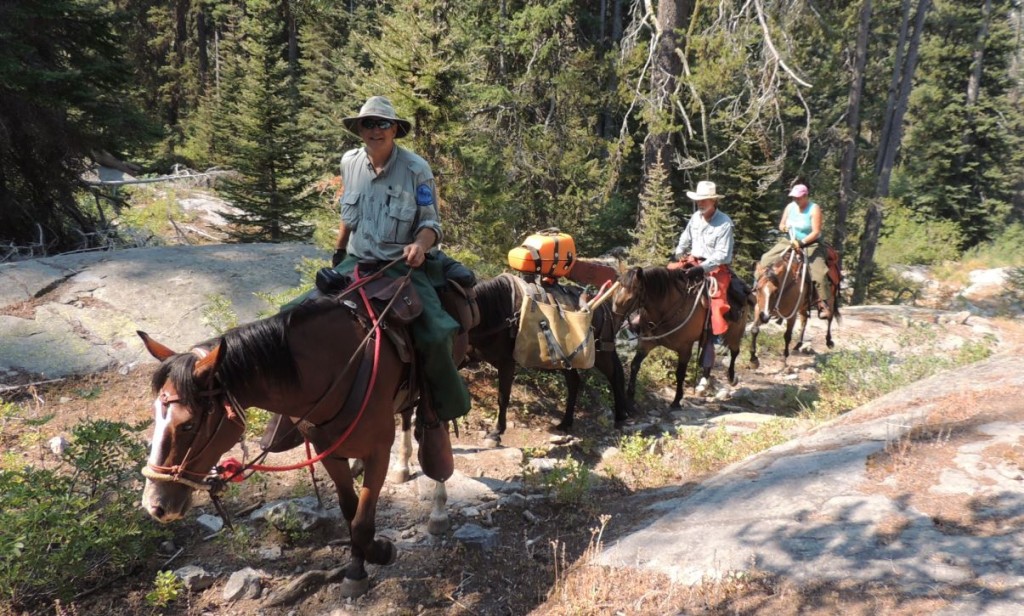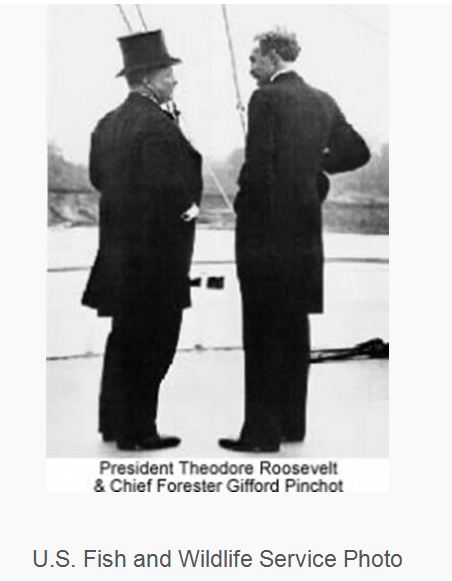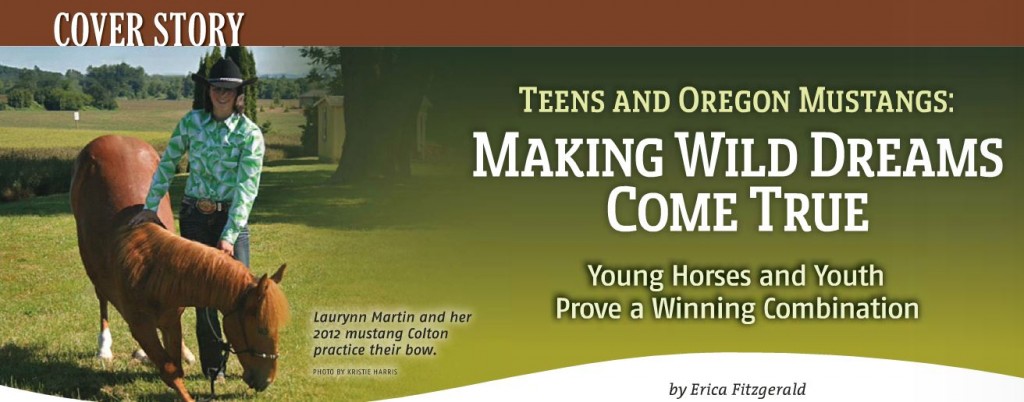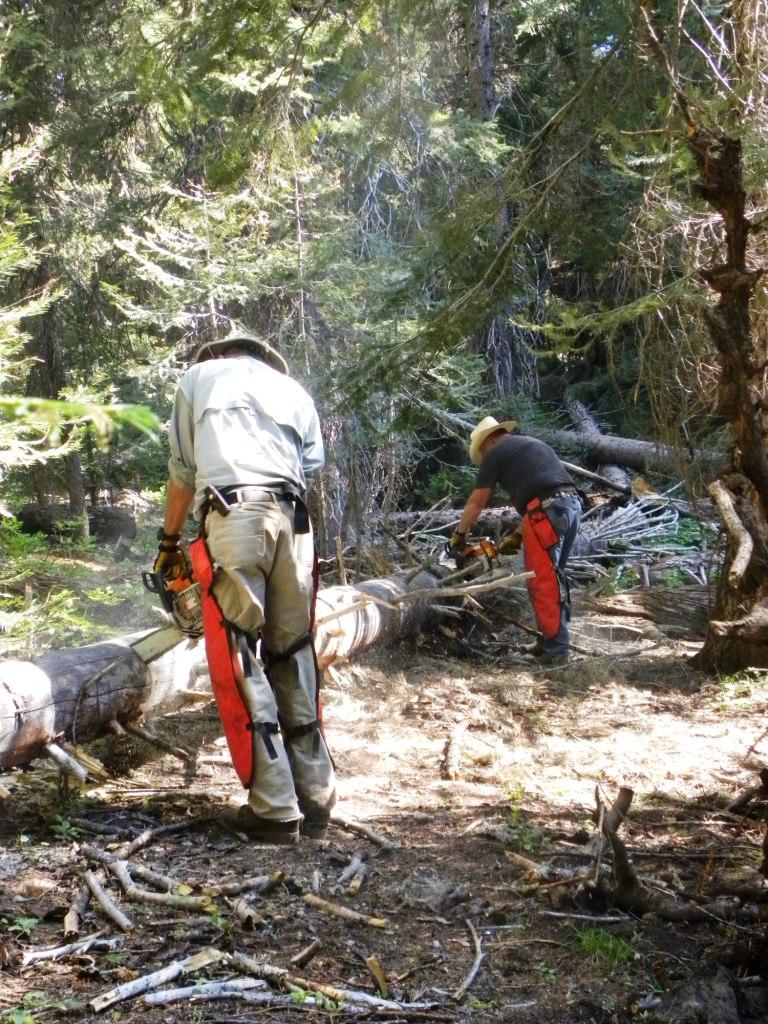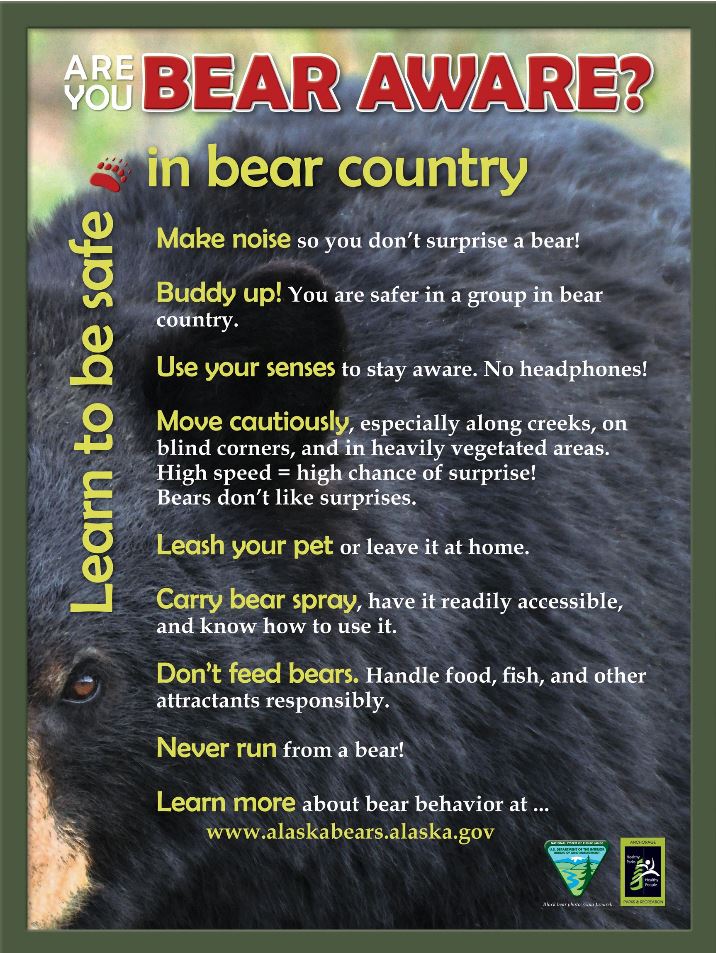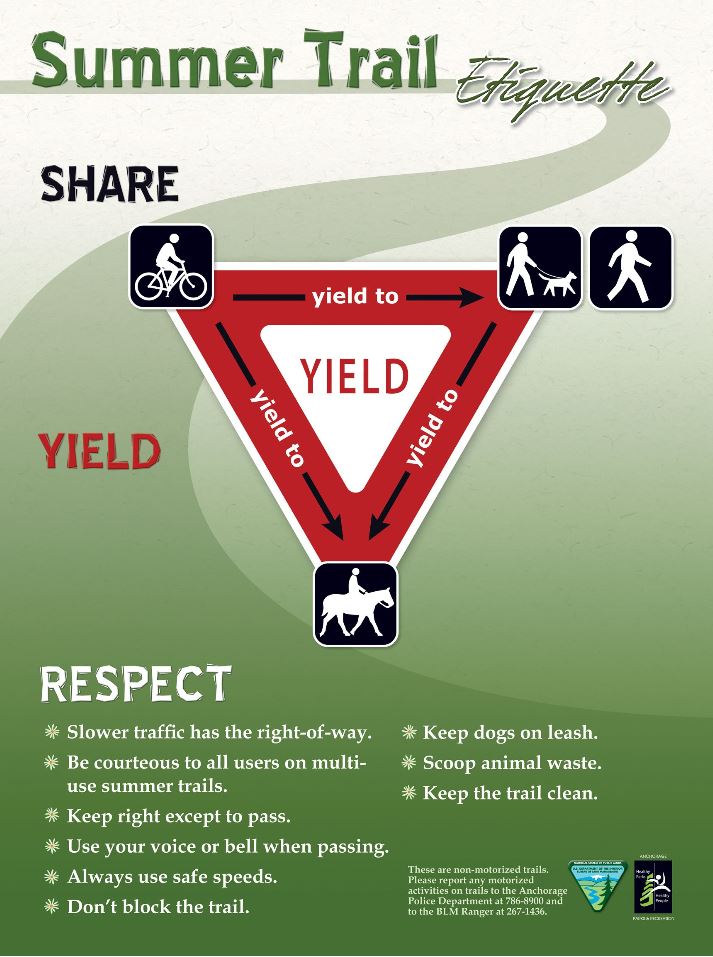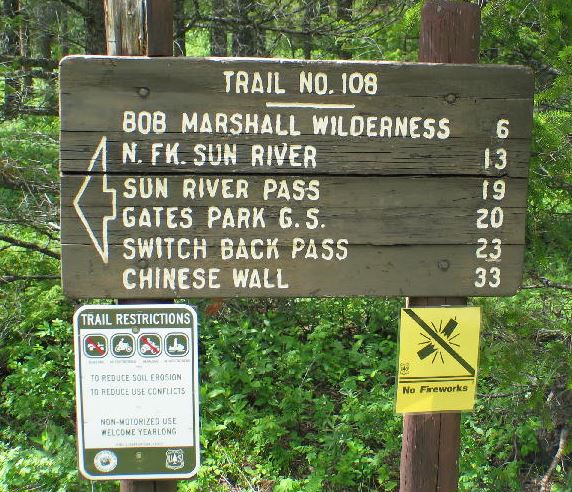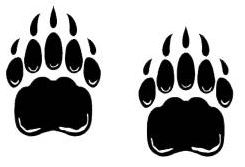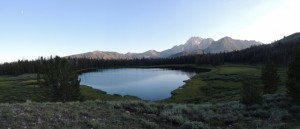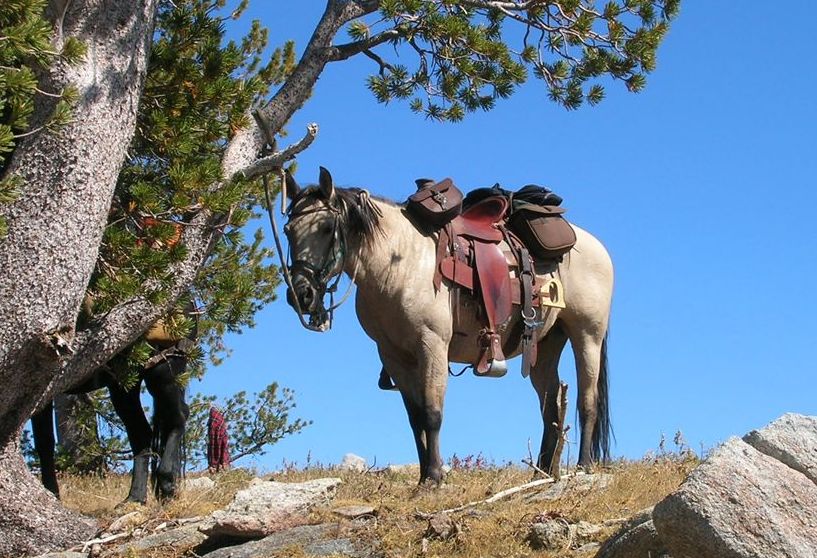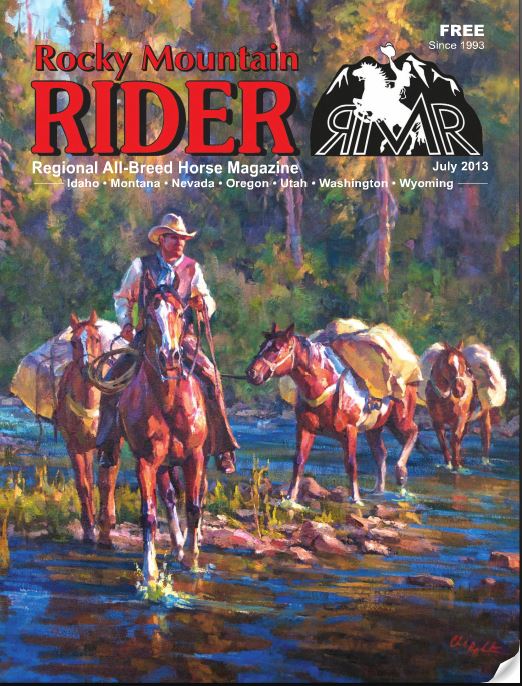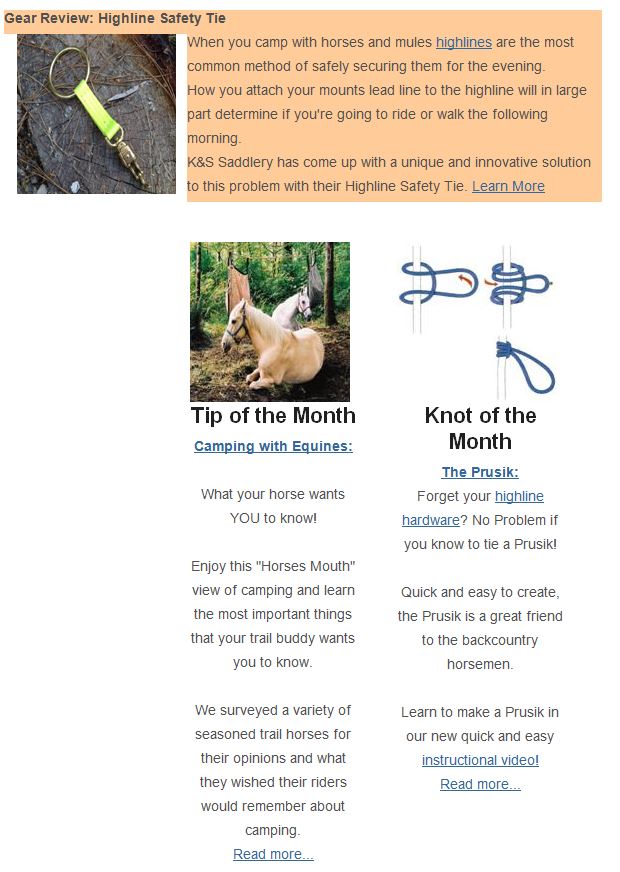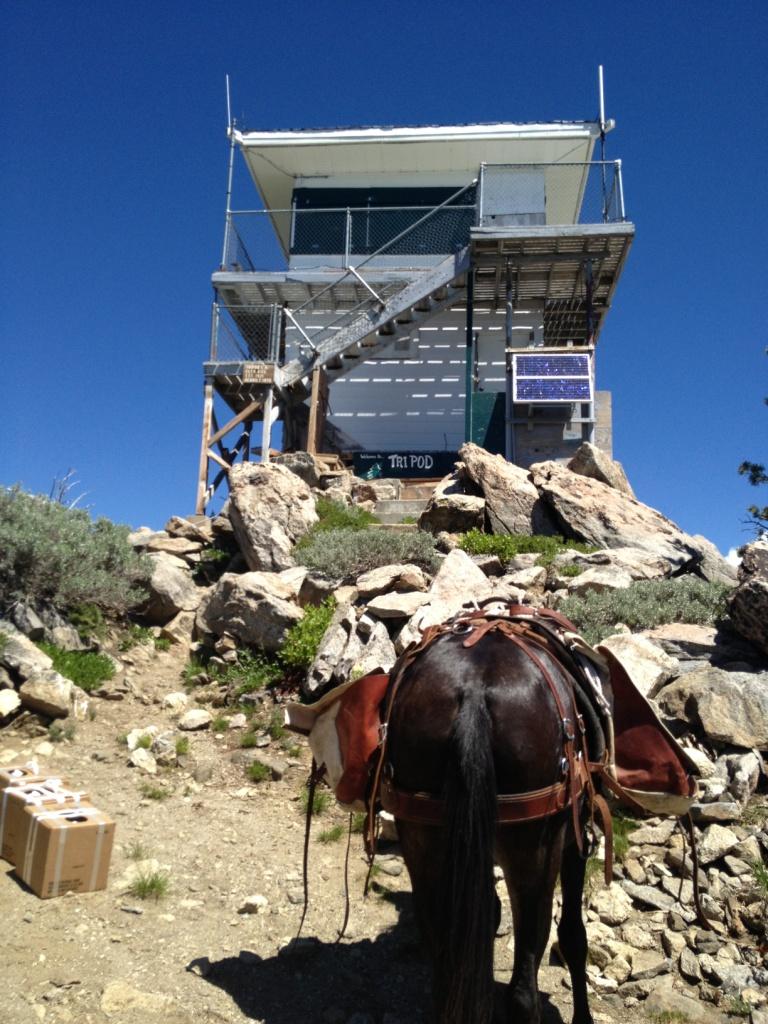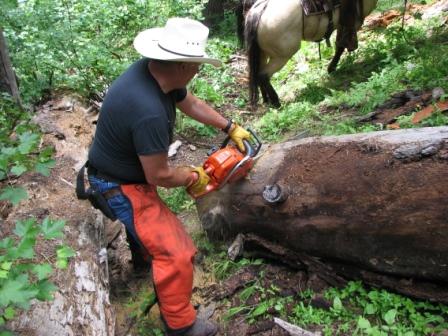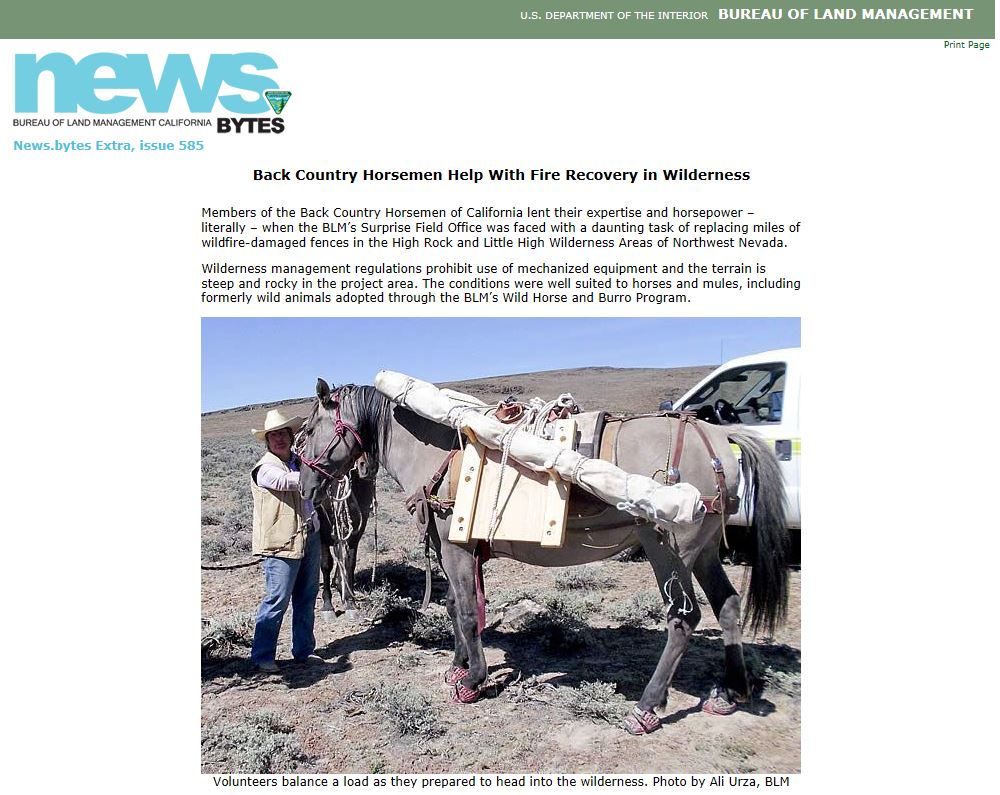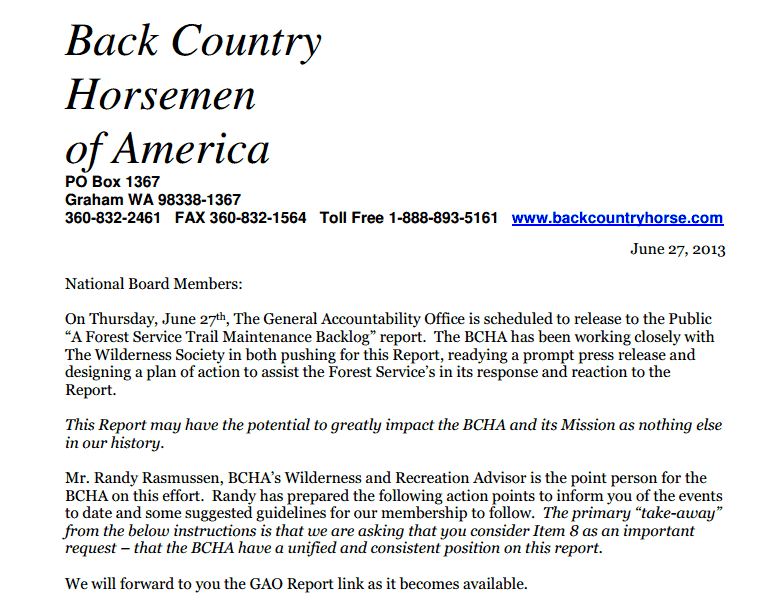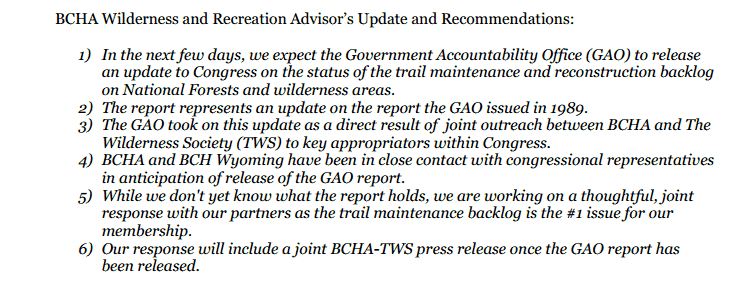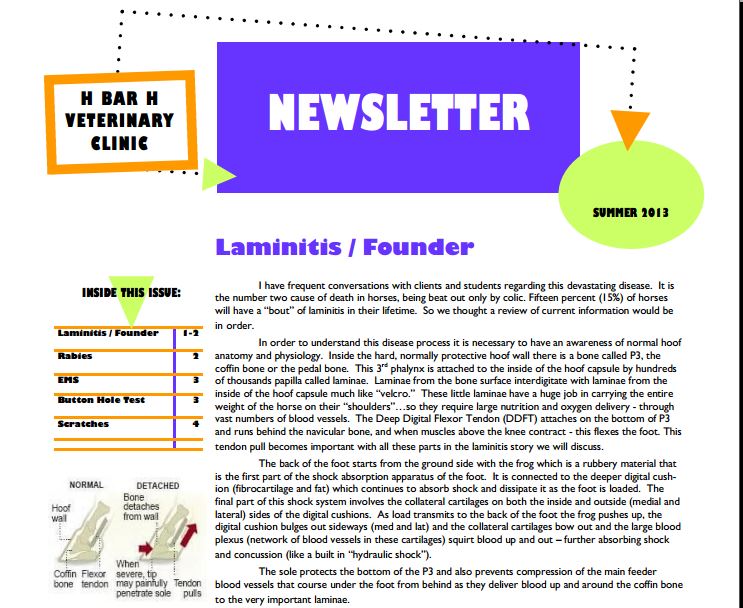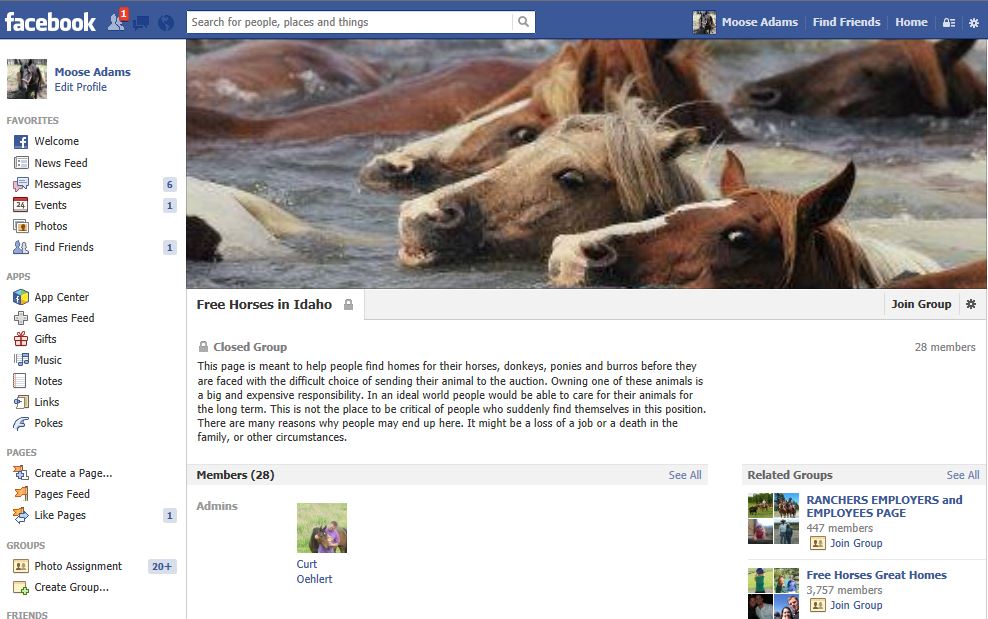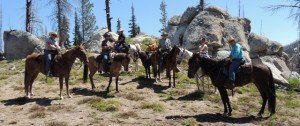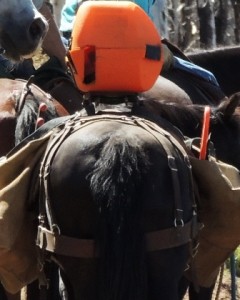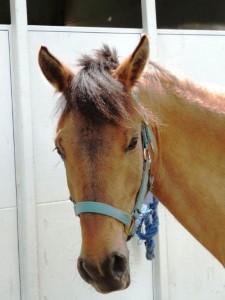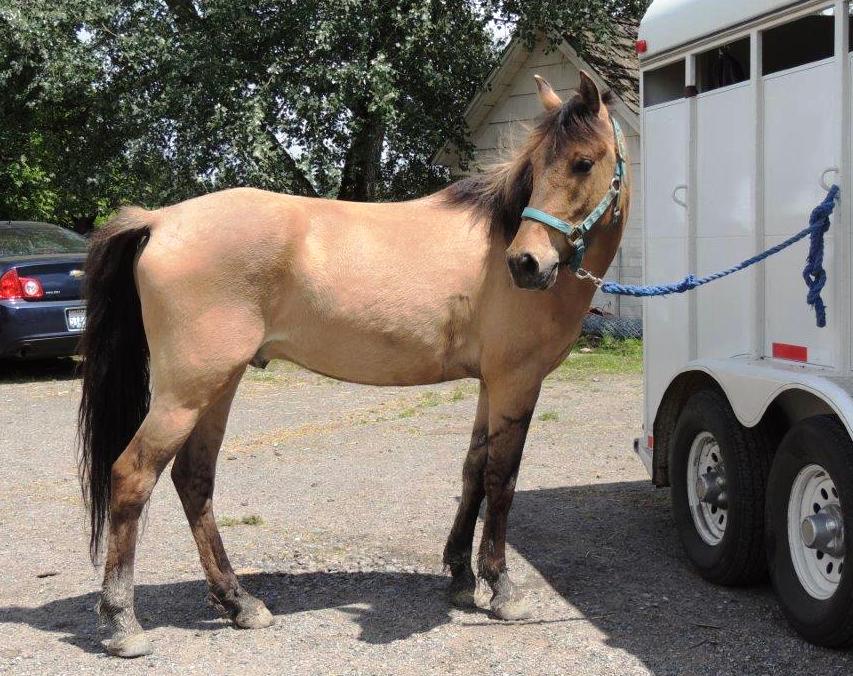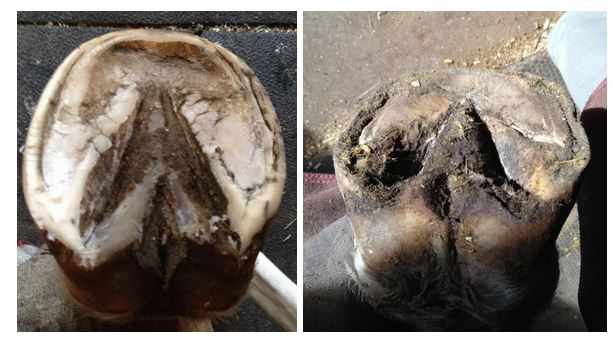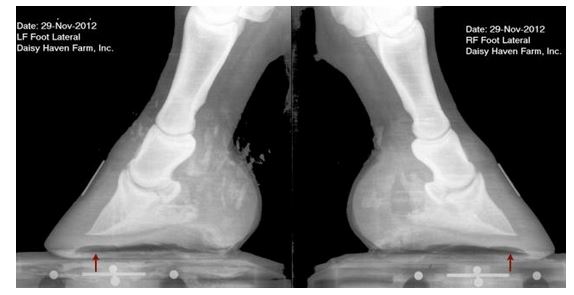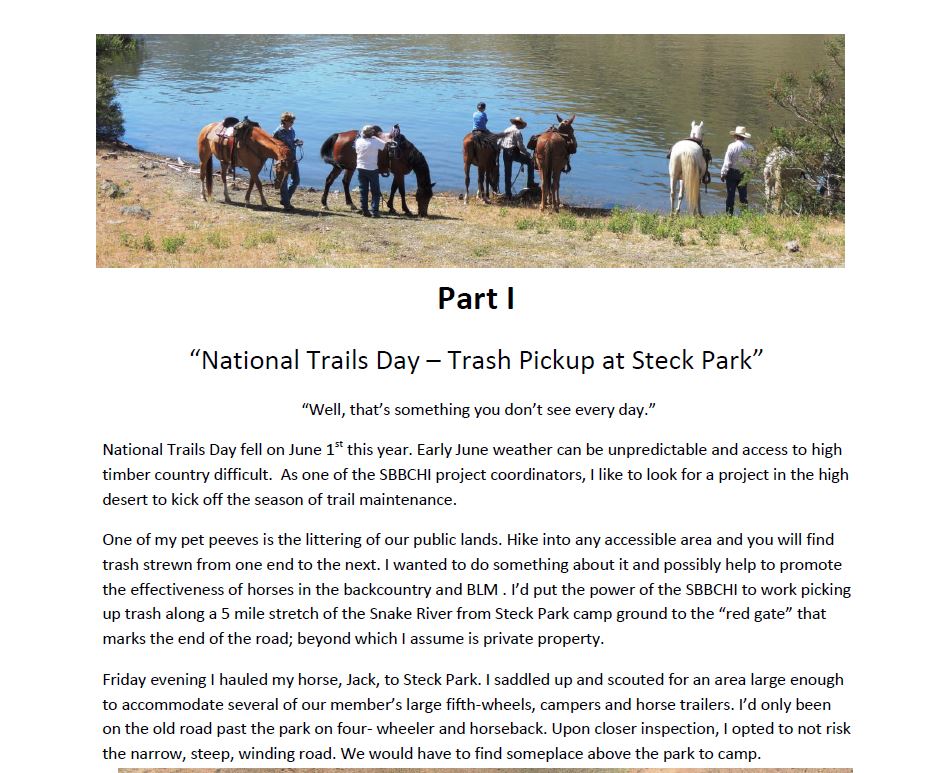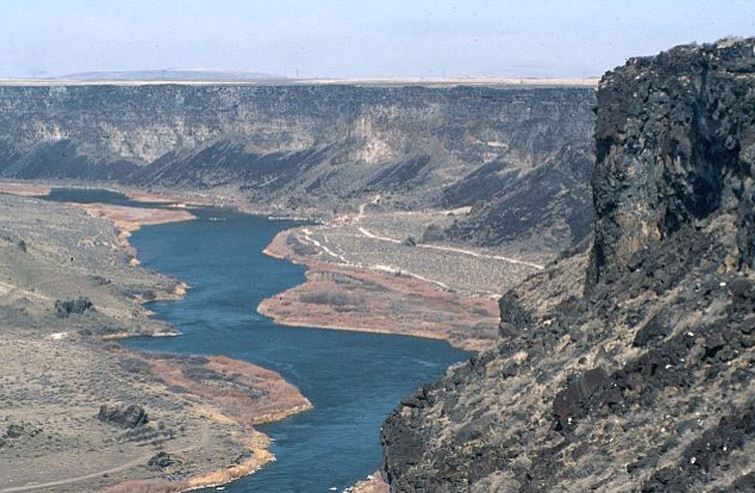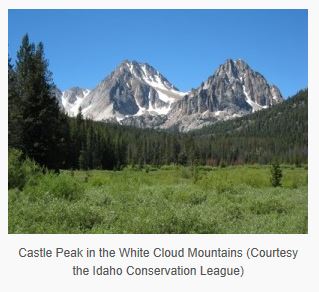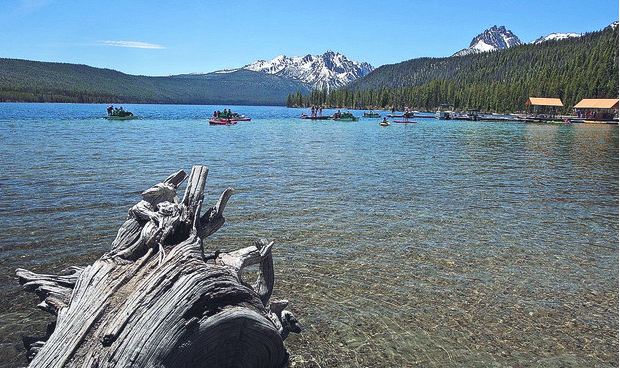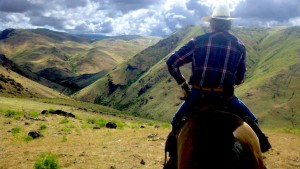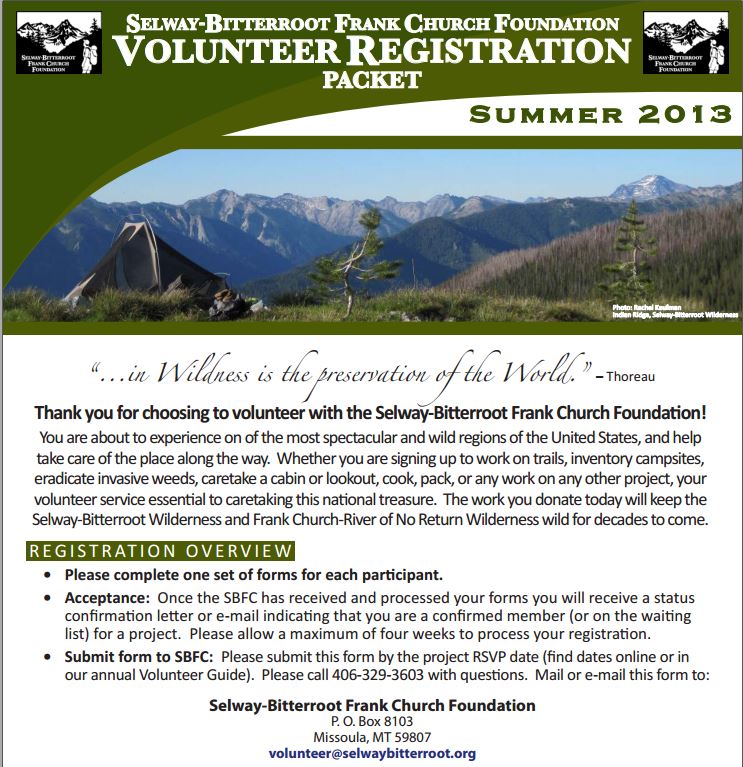Finally, don’t forget to browse through our website and our Facebook page for even more information about the SBFC.
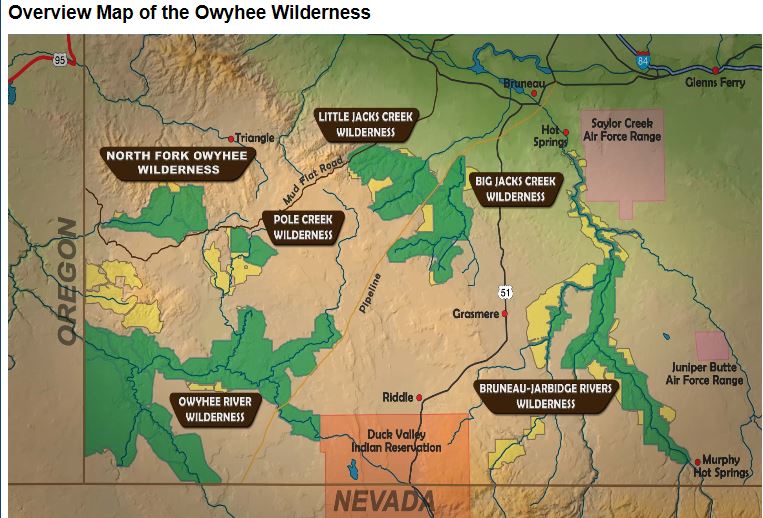 By ROCKY BARKER — rbarker@idahostatesman.com
By ROCKY BARKER — rbarker@idahostatesman.com
MARSING – You wouldn’t have known from Owyhee County rancher Dennis Stanford’s presentation Wednesday about reseeding after a range fire that he is facing orders to remove up to half his cattle from public land.
Stanford is one of the ranchers the Bureau of Land Management told in January to reduce their seasonal grazing to meet rangeland health standards. He also is one of the key proponents of the Owyhee Initiative, formed by Owyhee County more than a decade ago to bring ranchers together with groups such as the Idaho Conservation League and the Nature Conservancy to protect wilderness and ranching.
The grazing cuts came as a result of an order by U.S. District Judge B. Lynn Winmill, who ruled in a lawsuit by Western Watersheds Project, an environmental group that opposes grazing. Winmill ordered the BLM to update the grazing permits to show the agency was meeting its standards for rangeland health, guidelines to ensure that the desert ecosystem is functioning. The standards help agency scientists determine that native grasses and shrubs are healthy, streamside areas and watersheds are thriving, and habitat for sage grouse and other endangered species is protected.
Many observers predicted the BLM’s grazing orders would break up the collaboration, which helped Republican Sen. Mike Crapo get a bill passed by Congress in 2009 to protect 517,000 acres of wilderness and provide help to ranchers and other groups.
4-H Halloween Trail Clinic
By Marybeth Conger, one of several Squaw Butte Back Country Horseman Volunteers
The 4-H Halloween Trail Clinic at the Gem Country Race Track in Emmett Idaho on October 19th was a great success.
Lots of Learning and some serious fun was had by all on October 19th. The Squaw Butte Chapter decided it was time to get serious and promote Backcountry Horseman to those that do not have a plethora of gray hair. Gail Duke, the 4Horse leader Superintendent, embraced Linda Erickson’s outreach offer, and the Halloween Trail Clinic evolved with the SBBCH chapter providing coaches at various obstacles and registration assistance. We also set up a booth with Backcountry Horseman of Idaho information and even had complimentary Horse Soaps from the SBBCH chapter for participants. The Peppermint Soap was by far the favorite of the participants and the horses.
Over 30 participants went thru the obstacles at the race track where there were experienced trail riders and coaches positioned thru out the course. Morning was for intermediate and advanced riders and afternoon for beginners. These obstacles were awesome and helped to build confidence in the rider and the horse. But there was fun too, and games included a Costume contest, Trick or Treating on horseback and even Horse bobbing for apples. So Kudos should go to SBBCH members Phil and Kay Ryan, Charles and Lorraine Chick, Bill Holt, Janine Townsend, Rob Adams, and yours truly for volunteering that day and yes we made a difference. The SBBCH Chapter is starting to receive hand written Thank you cards from 4 H members who participated.
Next we are volunteering to help Gail Duke, 4h Leader Superintendent with a 4-H Trail ride so some of the Arena/ Fair horses will get a chance to get outside in the Backcountry. Since we must lead by example and the 4-H rule in Gem country is helmets, we should have some great photos. Promoting Backcountry Horseman to 4 H is a logical way for our organization to grow.
See you on the trail.
MB Conger
by Kimberly Williams- Brackett
I was taught in school that the Spanish introduced horses to the Americas. But while the Spanish did bring them, plenty of horses were here before the Spanish arrived.
“The Spanish did indeed introduce the modern horse to the Americas, although one could argue that it was a re-introduction,” said Laura Walkup, a ranger at Hagerman Fossil Beds National Monument and the Minidoka National Historic Site.
The Hagerman Horse remains mark the largest sample of this extinct species found in one area. Although remains of the same species have been found in several states, they’re all much younger. Hagerman’s is the oldest.
The first appearance of the modern genus Equus — which includes modern horses, donkeys, zebras, etc. — was Equus simplicidens, also known as the Hagerman Horse, Walkup said.
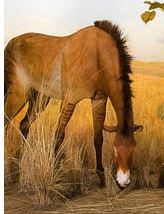 “Horses originally evolved in North America, and specimens of Equus simplicidens as well as many earlier horse ancestors have been found throughout the continent,” she said. “The first specimen of the Hagerman Horse ever described by paleontologists was not found in Idaho; it was found and named in Texas by paleontologist Edward Drinker Cope in 1892. However, the most complete specimens ever found were found here in Hagerman — hence the nickname ‘Hagerman Horse.’ Read more
“Horses originally evolved in North America, and specimens of Equus simplicidens as well as many earlier horse ancestors have been found throughout the continent,” she said. “The first specimen of the Hagerman Horse ever described by paleontologists was not found in Idaho; it was found and named in Texas by paleontologist Edward Drinker Cope in 1892. However, the most complete specimens ever found were found here in Hagerman — hence the nickname ‘Hagerman Horse.’ Read more
Here is the final version of video from BCHU Wagon Trek 2013 held July 27-Aug 4 in central Utah to post on BCHA website. Unfortunately… the “thank you” at end only says thanks for contributors of pictures and did not give credit to the 2 singers who provided (at no charge) the music in the video. Anyway, its a pretty good representation of the trek and the varied terrain/scenery we traveled through – about 85 miles worth – 9,400 to 4,500 elevation. Click here to see video. Sent to BCHA by Kathy Myers
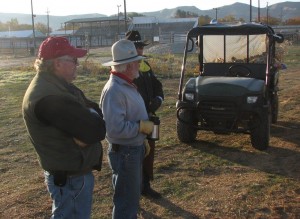
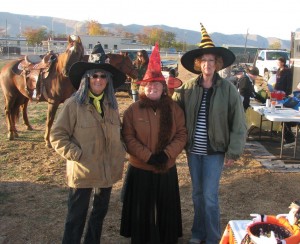
On Saturday October 19, 2013 Squaw Butte members assisted the Gem & Boise Country’s 4-H horse programs in hosting a fun trail course with a Halloween theme at the Gem Country Fair ground. The participants were to come in costume as did a number of the adults. The trail course was set up on the track and had step overs, bridges, flags, gates, simulated water hazard and a camp site the riders had to negotiate. BCHI member worked with the riders to ensure that they had fun and were safe.
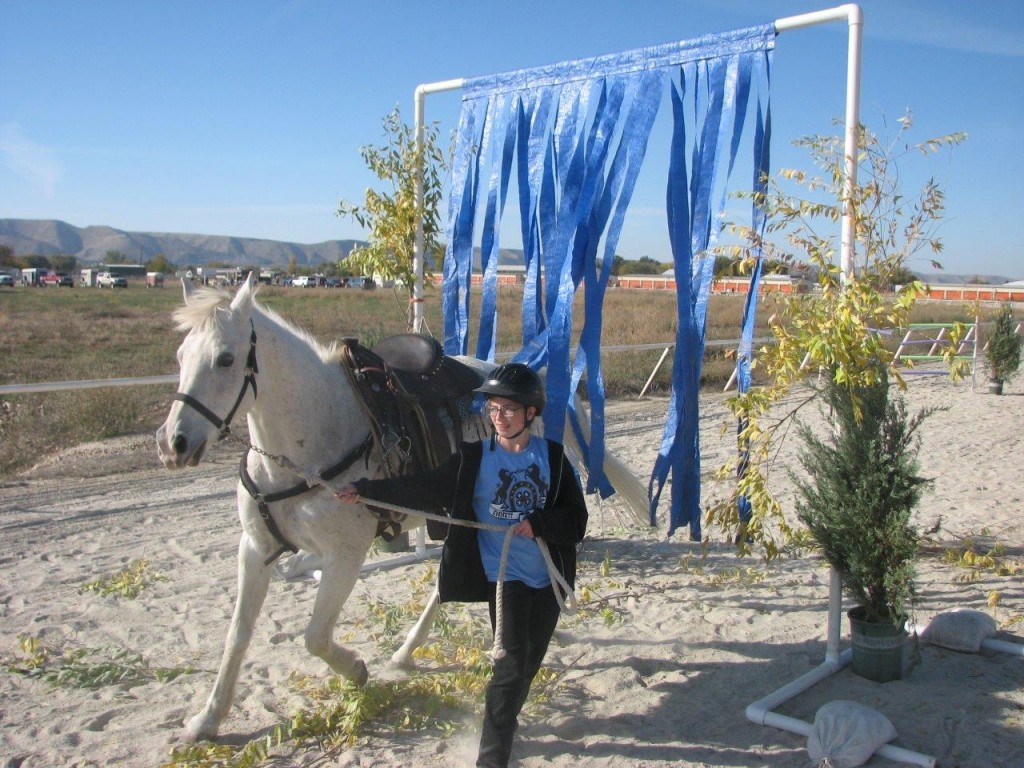
The goal of Squaw Butte and the 4-H leadership is to forge a strong relationship, that results in a couple of events each year with the goal of an annual horse camping trip, and a new generation of back country trail riders. Click here from more information on the 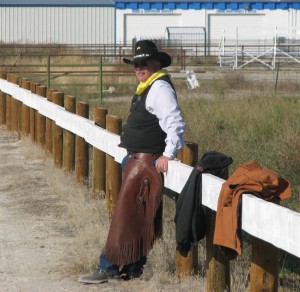 event.
event.
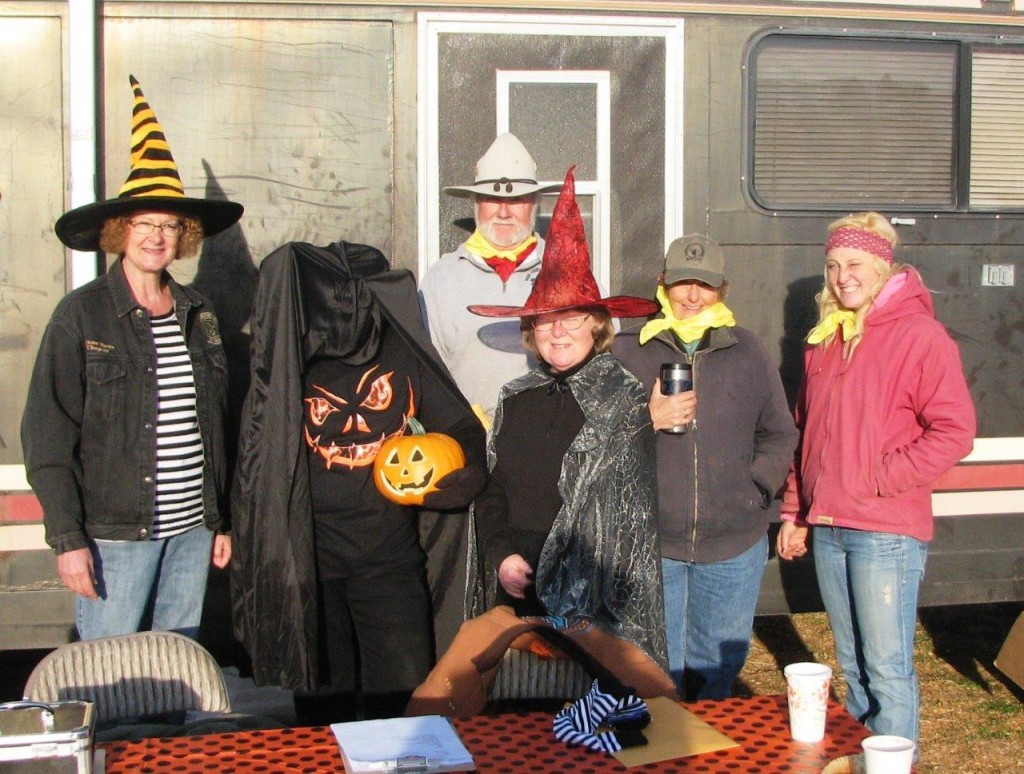
Mary Beth Conger | Gail Duke | Phil Ryan | Kay Ryan | Janine Townsend | Hilary Haskins
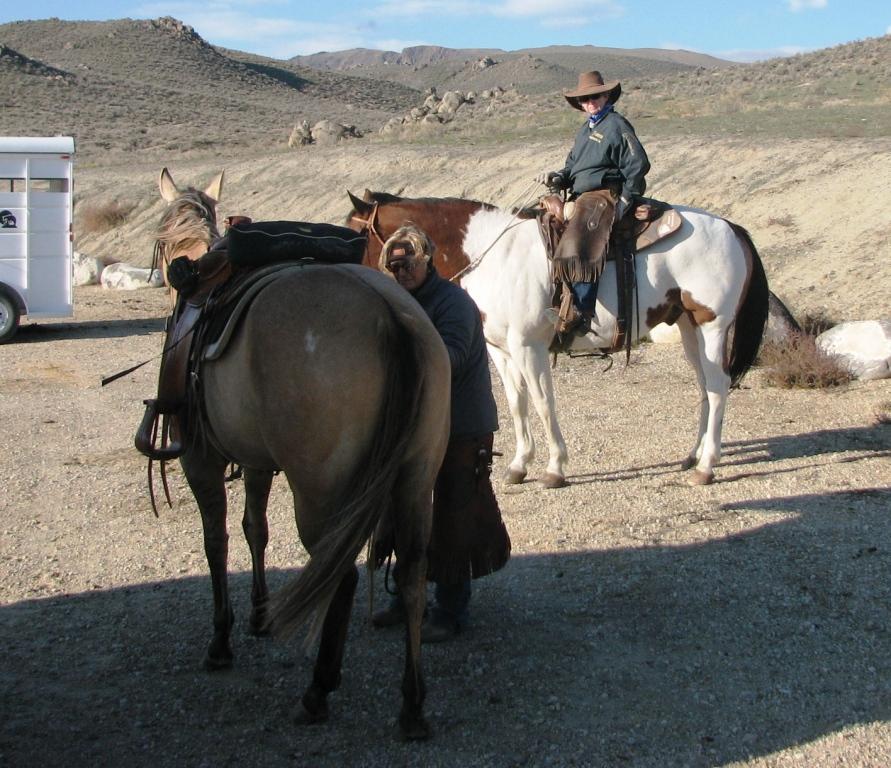 Sunday found members of the Boise Chapter, Rebekka Hankins and Carol Green, joining Squaw Butte members, Shelly Duff, Phil Ryan and Rob Adams on a fall ride out of the Wilson Creek trail head in the Owyhee’s. Due to wind, the trail of choice was Wilson Creek, which afforded protection while providing a scenic and interesting ride. While the only wildlife seen were some birds, we did encounter three woman running on the trail and two mountain bikers. In each case they stopped, stepped off the trail, we talked for a couple of minutes and each proceeded on. At the end of the ride, after we loaded our stock in their trailers, the bikers returned to the parking lot. One came zooming over the berm, realized there was a large rock in his landing zone and ended up sliding into the rock on his right side. We all rushed over to see if he was all right. His helmet protected his head from ground and rock, but he had a classic case of road rash on his right leg from knee to boot.
Sunday found members of the Boise Chapter, Rebekka Hankins and Carol Green, joining Squaw Butte members, Shelly Duff, Phil Ryan and Rob Adams on a fall ride out of the Wilson Creek trail head in the Owyhee’s. Due to wind, the trail of choice was Wilson Creek, which afforded protection while providing a scenic and interesting ride. While the only wildlife seen were some birds, we did encounter three woman running on the trail and two mountain bikers. In each case they stopped, stepped off the trail, we talked for a couple of minutes and each proceeded on. At the end of the ride, after we loaded our stock in their trailers, the bikers returned to the parking lot. One came zooming over the berm, realized there was a large rock in his landing zone and ended up sliding into the rock on his right side. We all rushed over to see if he was all right. His helmet protected his head from ground and rock, but he had a classic case of road rash on his right leg from knee to boot.
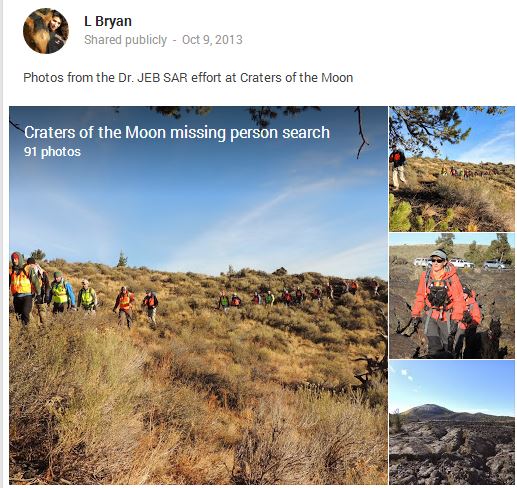 Originally reported missing on September 24th, the search for Dr. Jodean “Jo” Elliot-Blakeslee will continue this weekend, with approximately 20 searchers led by National Park Service and Butte County Sheriff’s Office personnel. See more Pictures // Location of Search The effort to find Dr. Jo and her hiking companion has been heroic, but if they had been carrying a device the size of a cell phone, and been able to press the 911 button on that device, this story likely would have had a different outcome. Help would have been dispatched sooner, and the help would have known were to look. If you ride, hike, hunt or bike in the back country, you should have a SPOT in your pocket. Idaho Statesman report 10/23/2013
Originally reported missing on September 24th, the search for Dr. Jodean “Jo” Elliot-Blakeslee will continue this weekend, with approximately 20 searchers led by National Park Service and Butte County Sheriff’s Office personnel. See more Pictures // Location of Search The effort to find Dr. Jo and her hiking companion has been heroic, but if they had been carrying a device the size of a cell phone, and been able to press the 911 button on that device, this story likely would have had a different outcome. Help would have been dispatched sooner, and the help would have known were to look. If you ride, hike, hunt or bike in the back country, you should have a SPOT in your pocket. Idaho Statesman report 10/23/2013
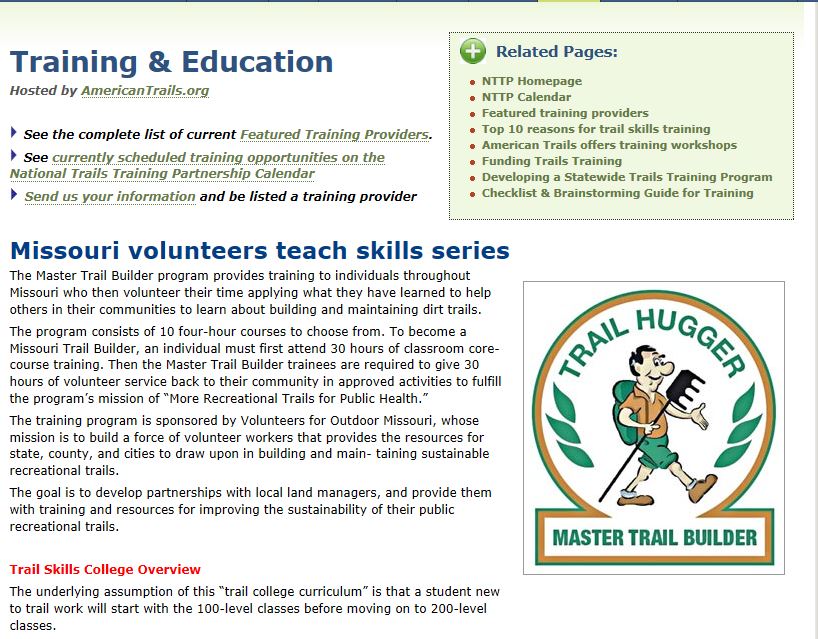 View classes // visit Missouri Volunteers Website
View classes // visit Missouri Volunteers Website
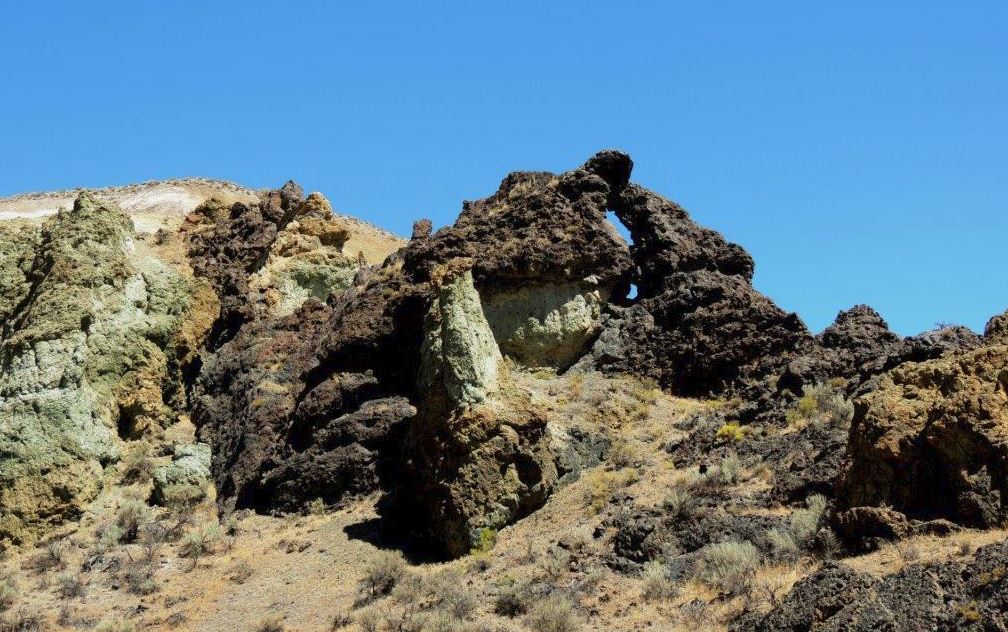
By ROCKY BARKER — rbarker@idahostatesman.com
Three federal agencies spent $392 million to manage 32 million acres of public land in Idaho in the 2012 budget year, a Congressional Research Service report shows.
The report shows that Idaho would have to make up for much of those costs if it succeeded in getting control over the land, as a resolution passed by the Idaho Legislature demands.
The Idaho Department of Lands has estimated that the state could raise $50 million to $75 million annually in timber receipts from federal land. But one cost not figured into the estimate could swallow that revenue by itself — $58 million in payments to counties under two programs, one that makes up for former timber revenues and another compensating for the fact that counties can’t tax federal land. read more
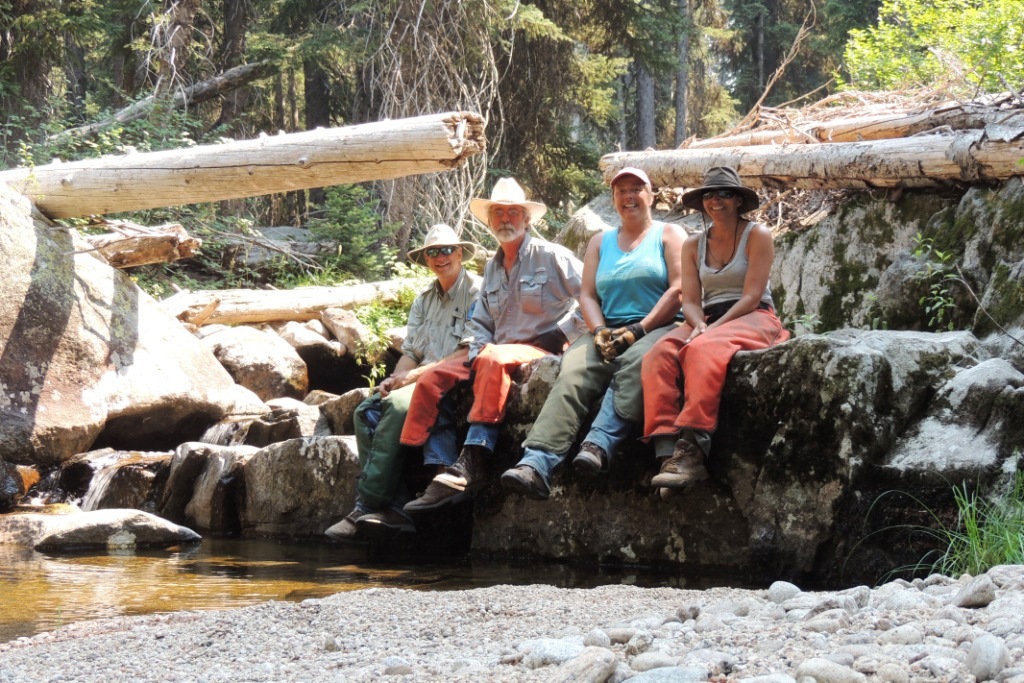 Between June 1st and September 30th 2012 Squaw Butte supported eight trail maintenance and packing projects. These projects covered a large section of south western Idaho, taking place in the Boise & Payette National Forests. They were in partnership with the Emmett, Cascade and Weiser Ranger Districts.
Between June 1st and September 30th 2012 Squaw Butte supported eight trail maintenance and packing projects. These projects covered a large section of south western Idaho, taking place in the Boise & Payette National Forests. They were in partnership with the Emmett, Cascade and Weiser Ranger Districts.
The work covered a large spectrum of activities, from packing, to rock rolling, but mostly entailed the removal of a very large amount of blow down and pruning. While these are “work” project, members attending also have a great deal of fun. If you didn’t make a project this season, plan on attending one in 2014.
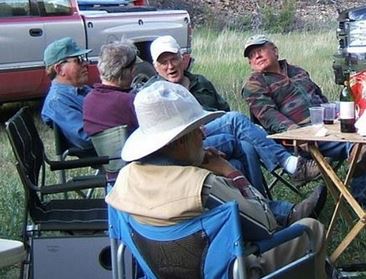
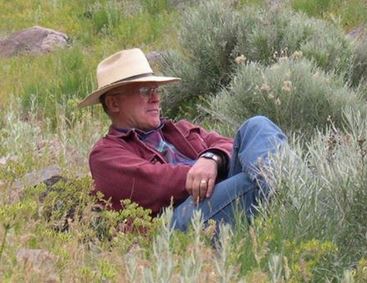
Back Country Horsemen of America leads the nationwide effort to preserve trails for horse use, not only for today’s equestrians, but also for tomorrow’s. They seek to leave an inheritance to future generations; a legacy of responsible enjoyment of America’s wild lands the way our forefathers did: by horseback.
With that goal in mind, Back Country Horsemen of America selects an individual member each year whose numerous contributions, made over many years of dedicated membership, exemplify their mission and values. In 2012, BCHA chose Val B. Johnson of the Salmon River Chapter of Back Country Horsemen of Idaho. BCHA Legacy Award
Hello and welcome to another edition of the smoking meat newsletter and it’s time again for my answers to your most pressing smoking meat questions. I have selected some questions that get asked time and time again and delved into them with some clear and straight-forward answers. I hope you enjoy this and most of all, I hope you learn something that you did not know before.
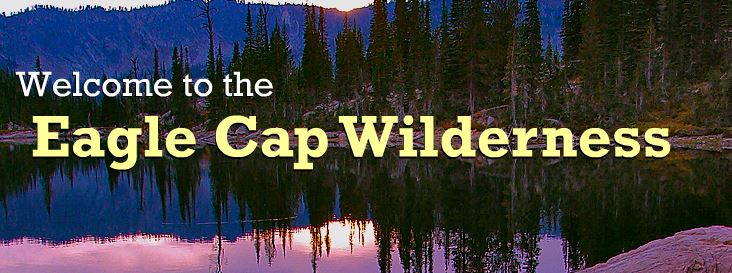
In September Laurie Bryan, Rob Adams and Bob Hamlin drove to Halfway, OR to spent four days doing a loop from Cornucopia an old mining ghost town to Crater lake exploring 26 miles around Red Mountain of the south-eastern section of the wilderness. We parked near the pack station in Cornucopia and rode north-west on Jim Fisk Creek trail which is steep and rocky to Snyders Cabin. Read Story View pictures
What’s New with Education Backcountry Horseman of Idaho
From Marybeth Conger, BCHI Education Committee member
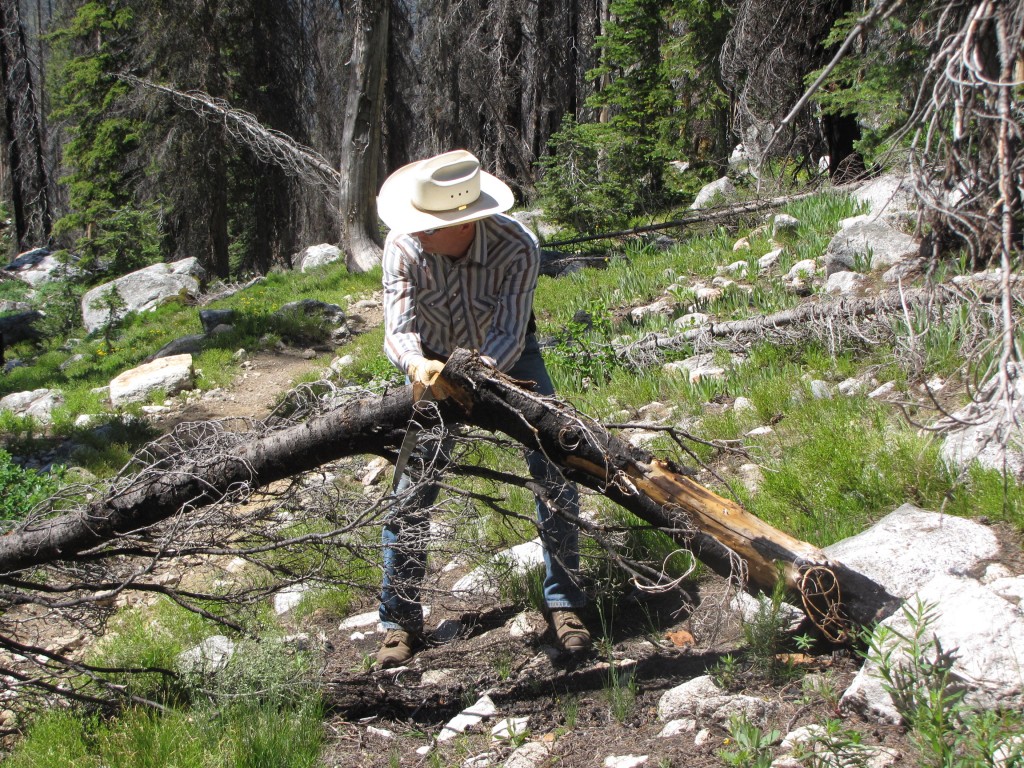 This year we have grown into a committee which is a great way to mentor members while accomplishing more on our Education agenda. The Committee consists of Bonnie Fox – Treasure Valley BCH, Joseph Brinkman- Eagle Rock BCH, Cindy Walker- Salmon River BCH and Marybeth Conger- Squaw Butte BCH, so there is some great geographic representation. At our recent meeting in Nampa, ID we set forth the following Education areas of importance, in random order.
This year we have grown into a committee which is a great way to mentor members while accomplishing more on our Education agenda. The Committee consists of Bonnie Fox – Treasure Valley BCH, Joseph Brinkman- Eagle Rock BCH, Cindy Walker- Salmon River BCH and Marybeth Conger- Squaw Butte BCH, so there is some great geographic representation. At our recent meeting in Nampa, ID we set forth the following Education areas of importance, in random order.
First let’s talk about Volunteers hours. Keeping track of all our volunteer efforts is one of the most important things we can do in our efforts to keep our access to riding areas. So, we will be redistributing Volunteer Hour Reporting Guides to all chapters to increase awareness and both the number and type of hours reported. Plus we are bringing a FUN Volunteer Hours puzzle to the 2014 Convention, so please come and get your name in the hat to win a fabulous Education prize.
Second, we will be updating The Education and Public Relations section of the Backcountry Horseman of Idaho Planning Guide. I know, this sounds a bit dry and perhaps boring, but updating this guide with education items accomplished and identifying new ones, helps the committee stay focused on the preamble set forth in the Backcountry Horseman of Idaho bylaws.
Third we will be asking for chapter input to Identify Education needs and ask for mentors willing to help with education. A list of available mentors will then be made available to all chapters. Yes, we will be communicating with each chapter’s Education chair or the President if none is listed on the officer register. So, chapter President’s if you haven’t had time to get someone for the Education position, please do, and don’t forget to the State Secretary know too.
Lastly one of our committee members recently completed a Nine Mile Leave No Trace Master Training session, so it is a perfect time to review the Leave No Trace information in the Backcountry Horseman Education manual found on our website. We want to make sure the BCHI.org website has the latest and greatest information, for your use when teaching, preparing, and conducting Educational & Leave No Trace clinics, reports, seminars, etc. or while you are actively attending or presenting at Public meetings relating to BCH activities’ or issues.
All for now and hope to see you on the trail.
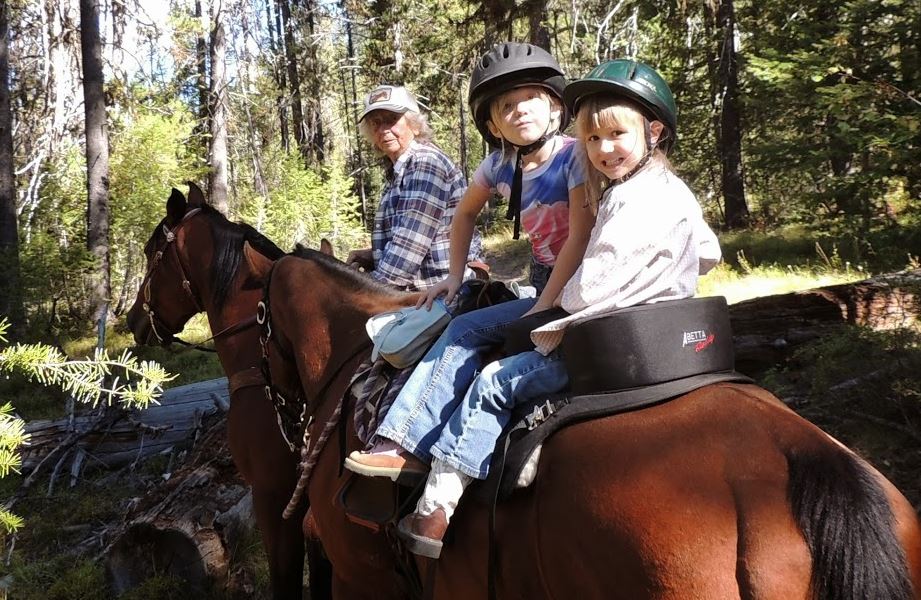
There’s more to backcountry horseman than a bunch of old people running around in the woods clearing trail. We are also concerned with fostering relationships with the future of our organization – the youngsters.
The average age for a SBBCHI member is somewhere around 62 years of age. Most of us are pretty tough and I suspect most will be running around in the woods sawing trees well into our 90’s – however, nature being what it is, we won’t live forever. It is a solemn fact that if we do not recruit the younger generation – the Backcountry Horsemen of America will eventually die off…or if you’d rather; ride the final trail into the great backcountry wilderness in the sky.
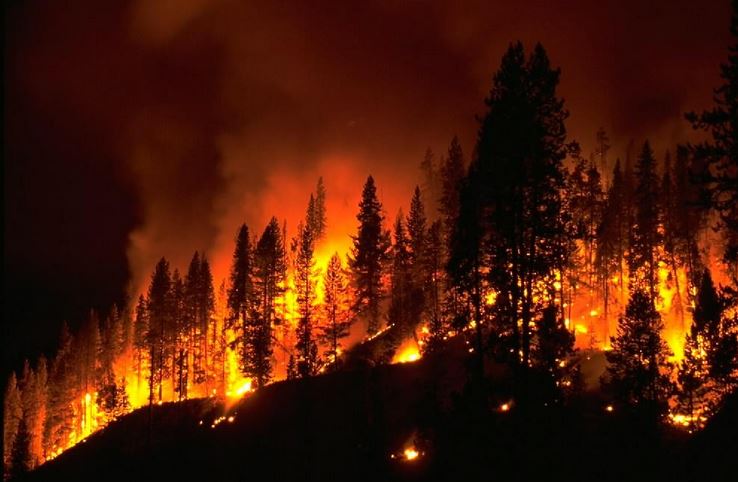
Wild fires burned 69 percent of the Payette National Forest and more than 50 percent of the Boise National Forest since 1985, a new report issued by the Idaho Conservation League shows.
Most of the acres burned in six years of when conditions were dry and temperatures high, the report said. And 64 percent burned on the two southwest Boise national forests and the Salmon-Challis National Forest.
These three forests are dominated by drier, lower-elevation ponderosa pine and Douglas-fir forests as contrasted to the high elevation, wetter forests of north and east Idaho which are dominated by lodgepole. The low elevation forests historically had frequent fires, and the trees and other species had adapted.
“While none of us want to breathe smoke or see flames from our doorstep, there’s no way to remove fire from Idaho entirely,” said Jonathan Oppenheimer, of the Idaho Conservation League and author of the report. “Our challenge is to live with, and prepare for, inevitable fires.”
Oppenheimer analyzed the 2012 fire season and the history of fire in Idaho. Here are some of his key findings:
• Nearly two-thirds (64 percent) of the national forest acres burned fires were low severity or untouched. Forest Service experts said only 13 percent were “high severity.”
• Large fires consumed a disproportionate share of fire costs, with the five largest fires consuming $145 million, 68 percent of the total cost of suppression.
• Nearly 20 years after policies were updated to restore the natural role of fire, the Bureau of Land Management in Idaho has failed to implement any plans to manage natural fires for resource benefit.
• The Charlotte Fire raced through the Mink Creek and Gibson Jack areas of Pocatello and destroyed 66 homes and 29 outbuildings, making it one of the most destructive Idaho fires since the Big Burn of 1910.
Oppenheimer is advocating essentially what firefighters actually have been doing in Idaho, staying out of the way when fires are big and attempting to restore fire to the ecosystem on our terms. To do that communities need to feel safe.
“The wise way forward is to focus thinning around communities, carefully restore fire where it belongs and keep new homes out of dangerous areas,” Oppenheimer said. “Anything that detracts from that is part of the problem, not part of the solution.”
Tom Bonnickson, professor emeritus of forest science at Texas A&M University and a former park ranger challenged this view in a guest opinion recently in the Calaveras (Calif.) Enterprise. Bonnickson was one of our speakers at the 2000 conference the Idaho Statesman co-convened with the Andrus Center for Public Policy: The Fires Next Time.
“We can thin little trees and use prescribed burns to reduce fuels, but that is not enough,” Bonnickson said. “We must use history as a guide and restore the natural immunity of our forests to monster fires. That means cutting whatever trees are necessary, big or small, to recreate the patchiness and diversity of historic forests that kept fires gentle and helpful.”
Oppenheimer quotes Penny Morgan, director of the University of Idaho Wildland Fire Program, who noted that Idaho has led national thinking about fire management for more than 100 years.
“While fire is naturally part of Idaho summers, things are changing in our forests and rangelands,” she said. “Idaho should remain at the forefront of creative solutions to restore forests and keep communities safe.”
And his press release includes Erich Zimmermann, Senior Policy Analyst at Taxpayers for Common Sense. He says its not just a safety and environmental issue but also about saving federal dollars.
“We know that putting out every fire is misguided in places like the backcountry of Idaho,” Zimmermann said. “Experts tell us we can help save money and restore our forests by allowing fire to play a more natural role.”
By Rocky Barker – Blog September 16, 2013
Additional information
The members of the Squaw Butte Chapter want to thank Robbin Schindele for doing “all the work” putting together a grant proposal and working with Jill Murphey, of Idaho Parks and Rec shepherding the proposal through to a successful outcome. We would also like to thank the BLM and the BNF & PNF ranger districts that provided letters of support.
I have to admit, I was a little disgruntled when I heard the Cabin Creek project had been moved to Needles Trail above Kennally Creek Campground. I knew how to get to Cabin Creek. I drove up a week earlier to scope it out. My new smart phone’s GPS, “Andy” took me right to the campground without missing a beat or expecting me to drive down game trails. The area seemed ok to me. There was ample room to park for several big rigs and stock water was close enough to make due. I took note of the amenities, cut a load of wood on the way out and followed Andy’s directions for the quickest way home.
Unbeknownst to me, Rob was scoping out the area at the same time. He wasn’t happy with the old logging road trail that wound through a burn or the less than ideal water situation. He was right, it wasn’t the prettiest place on the mountain and if you’re going to spend the weekend working your butt off it might as well be on trails with at least minor aesthetic appeal. I grumbled and frowned when I read the email from Rob that he had moved the project. For the first time since joining the chapter I had a heads up on where I was going and how to get there and Rob goes and jerks the rug out. Later I was glad he did.
Jon Seel and I had the opportunity to ride the Eagle Caps Wilderness in Eastern Oregon last week. We spent four days riding the Minum River area. We Left Emmett on a Friday afternoon and headed west to the little town of Cover Oregon. There is a great little tavern and food place there, Great Steaks!. We ended up at the Moss Springs Trailhead. (Idaho should have such trailheads.)
Saturday morning we packed our animals and headed down the seven miles to Reds Horse Ranch, and Minum Lodge. These are areas set aside as private when it became a wilderness much like the airstrips in the Frank Church Wilderness. We spent the night next to a Fish and Game cabin by the airstrip, good feed for the horses. Next day we fished the Minum River and had a great supper that evening. We packed up the next morning and headed up stream trying to find our trail so we could make a loop and eventually get back to the Moss Springs Trailhead. Lucky for us we met two Oregon Fish and Game Wardens who informed us that the trail we were looking for had been washed out for years and was nonexistent. We made a great camp next to the river, decided that a return trip the way we had come was in order for the next day, fixed dinner, finished off the whiskey, and crashed for the night.
I am finding out that the trail systems in all our area wildernesses have major trail problems and we really need to have the Forest Service make a better effort to clear those trail for everyone. We made it back to the Trailhead the next morning and headed home. If you plan to ride in any of the wildernesses please contact the district ranger office to find out the condition of the trails first.
By Phil Ryan
Horse & mule packer are not the only ones using back country trails, there are other ways to get your stuff from trail head to great locations in the mountains of Idaho. As stock packers we should know a bit about the other types of pack stock, and how they view us.
Encountering pack stock on a trip from a goat packers point a view is a good example:
(Note: We do not dislike horses per say, any derogatory sounding comments are based solely on personal observations of them and their reactions to us with our goats.)
It is our experience that very few back country users know the answer to this question. Thankfully our boys are familiar with both backpacks on people and horses, so are total unconcerned beyond there natural wilderness alertness. Most hikers hate the idea, but as the most mobile they should get off the trail on the low side. In a goats vs horses the same rule applies. We move to the low side as the goats are much more agile than the horses. (Horses are much easier for the rider to control on the high side of the trail. Move approximately 30 feet off the trail for horses). We have decided that horses think people with packs are bears, and llamas/goats with backs are devils from their darkest nightmares. With horses it is a excellent idea to keep talking to the riders as they pass, as this helps the horse with their tiny little brains identify you as a person rather then a scary unknown.
There are times when passing is not an option. (The east fork of the Duchesne comes to mind. A 1/4 mile, six inch ribbon of trail across a 70 degree slope of loose dirt.) In these situations the most mobile should back up to a safe place to pass.
Pack strings of any sort should be given consideration over any kind of person with a lone creature. But we seldom argue with a spooky horse and just give way. And our boys watch the horse dance fitfully past with silly grins on their faces.
To lean a bit more about goat packing, check out the following web sites:
Shelly Duff Squaw Butte’s newest member
For anyone thinking about joining the BCH I would shout “DO IT”! This last weekend I joined the SBBCH on a work project. It was not anything like I expected (which was a good thing). I expected to work on trails (which we did) but, I was pleasantly surprised at how much fun I had. Rob and Laurie and Terry were patient and helpful and they made it very easy for me to join in without feeling like I was in the way. I saw country I did not know existed in Idaho. The most tiring thing I did was mount and dismount my horse, but I managed with the help of a few stumps and many rocks. I am looking forward to the next work project that I can fit into my schedule and plan on getting to know as many of you as I can.
I had a great time,
Shel Duff
“Newbie”
~How to break in a new member of the SBBCHI~
“Is there an App for that?”
What is the best way to break in a new member of the SBBCHI? Strap a pair of saw chaps on her and send her up one of the most technical trails on the mountain. Enter – Squaw Creek TR 131 and Shelley Duff – Squaw Butte’s newest member.
The original plan was to clear Poison Creek Trail on Saturday and loop down Squaw Creek or pick up Squaw Creek on Sunday. We rode Poison Creek last year and made it a short distance past the bridge before encountering a massive tangle of blow downs obliterating the trail. We didn’t have the saws or the girl-power to put a dent in that one. I say “girl-power” only because our small group consisted of a woman to man ratio of 2:1.
The Ranger District notified Rob that a trail crew had already cleared Poison Creek. Change in plans. We would concentrate on Squaw Creek Trail Saturday and check out Poison Creek on Sunday.
From time to time members ask me about how a trail should be rated. Rating mean
different things depending on if you’re hiking or riding a mountain bike. On horse back it
means something else. Also, the perception of how difficult a trail should be rated is
influenced by the experience of the one rating it. Time of year or weather conditions – a
trails difficulty can change drastically. A level 3 or 4 trail can easily turn into something
altogether more technically with the addition of snow, rain, wind, high water… etc
I looked backed at the writings between Idaho’s Republican Senator Weldon Heyburn and President Theodore Roosevelt in 1905 about Idaho’s forest reserves to prepare for the covering the Idaho Legislature’s Interim Committee on Federal Lands Friday at 9 a.m. at the Capitol.
These two Republicans had clear differences about the value of the reserves and their role in American life. Heyburn saw the reserves as an affront to the state’s ability to choose the remaining 50,000 acres the federal government promised it would get under the Admissions Act.
At statehood in 1890, Idaho received federal grants of 3.65 million acres but it took a few years to identify all the lands it wanted. Today the state has 2.46 million acres.
The BLM Wild Horse Program & Oregon teens team up to take on training wild mustangs! These kids do a great job gentling their Mustangs and then adopt these horses out to the public.
By Sarah Wynne Jackson
As the leader in protecting our right to ride horses on public lands, Back Country Horsemen of America is proud of their record of service. For 40 years, they have volunteered their time, skill, and resources towards keeping trails open to horse use and promoting responsible recreation in a myriad of ways.
BCHA commends its members across the nation who continue to make public service a priority, despite economic and weather-related difficulties. In fact, 2012 was their best year yet, with a total of $12,515,563 in annual volunteer value donated; the highest in the history of the organization.
Is There Anything They Don’t Do?
What can twelve-and-a-half million dollars of sweat, skill, and time do? We’re glad you asked! As they have every year since 1973, BCHA’s now 13,000 members from over 185 chapters and affiliates in 26 states spent the last year clearing trails of deadfall after storms, repairing gates and fences, building bridges, hauling gravel to fill washouts, and creating new trails.
Phil Ryan – July 2013
If you ever get a chance to ride the Bob Marshall Wilderness in Montana don’t pass up the opportunity. Bill Conger and I have ridden the “BOB” for the past two summers and each time it has been a great trip. Bill and MB have ridden that wilderness for years before they moved to sunny (hot) Idaho so he knew the trails and trail heads quite well. This year we decided to go into the wilderness from the East side out of The Benchmark trail head. That is out of the town of Augusta. That way we would ride up the South Fork of the Sun River, make a ride up to Prairie Reef and along the edge of the China Wall and come back down the North Fork of the Sun and back to the trail head, a total of seven days.
A wonderful twelve hour truck ride got us there and we spent the evening having a steak dinner, beans and beer. The next morning we loaded Bill’s two mules, our horses and set off down the trail. The first thing you come to is a swinging bridge over the river. Bill’s new horse “scout” wanted no part of that so my old horse “Sam” took the lead. We did this two times and his horse got the idea and away we went. As you go down the trail there are Forest Service signs saying “Alert” bear in the area, STAY ON THE TRAIL” so we did. Further down the Trail is another Forest Service sign “BE ALERT” BEARS (plural) eating on a mule carcass. Now that gets your attention and you make the horse move faster and you scan both sides of the trail wondering which outfitter scarified a mule so he could get down the trail and out of harm’s way. Anyway we made it and saw no bear (that day).
We traveled on and came to the South Fork of the Sun River and another swinging Bridge, no problem. Three hours of riding got us to our first campsite where the trail takes off to Prairie reef. We ford the river and set up a nice camp. Good grass and water for the stock. After a meal of MB’s ready made goodies, I went fishing, caught a Bull Trout, first time for that. The next morning after a breakfast burrito and coffee we saddled the horses and up we went. Now the trails in the “BOB” are well laid out with great switchbacks, but it was up and up and up, but the trip was well worth it. At the top of the mountain “Prairie Reef” is a fire lookout, and you can see the rest of the world, or at least most of Montana. One side is sheer cliffs for thousands of feet down. You can see all the way to Montana’s flat prairies on one side and the China Wall and snow covered mountains on the other side. We saw eight Mountain Goats on the cliffs below us and one crashed airplane (from the 1980’s) Bill told me. When we returned to camp it was a six hour ride and the horses were spent.
The next day we loaded up and made the ride under the China Wall, over the pass and down Moose Creek looking for a good campsite. We wanted to go down Rock Creek, but there was a really big fire there and the Rangers had closed all trails leading into that area. I spotted a really nice bear as we rode, don’t know if it was a Grizzly or not, but it was bigger than any bears I have seen here in Idaho so we continued further down the trail to find a camp. Seven hot dusty, horse fly infested hours later we made camp in a nice shaded glade, good food and water for the horses and a well-deserved drink of whisky for me and Bill. Next morning off we went down the canyon and to the North Fork of the Sun River. Wonderful meadows, lots of grass for the animals, good fishing. We laid over for a day there giving the animals lots to eat and time to play cribbage and me to catch some fish to eat. We decided to ride out on the sixth day because we couldn’t get up rock Creek or the Gates Park Ranger station so we headed out in dense smoke from the fire. We met an outfitter who had just been in the Rock Creek area and was only six hundred yards from the fire when it topped over the ridge above his camp, he said it was hot for a time while he got his equipment and stock to a much safer location. The Forest Service had sent a helicopter in searching for him to warn him to get out of that area.
On the ride down the North Fork of the Sun River we saw a gray wolf. We made it out in about four and a half hours to the trail head, loaded the stock, went to Augusta for cold drinks and chips and headed the truck south and made it home about twelve thirty Sunday morning.
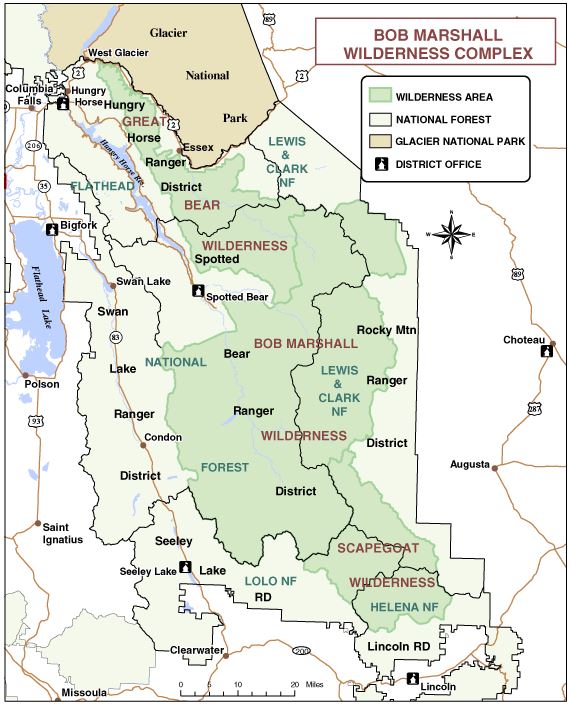
Another great trip, I may never get to see that area again in my life, but the memories are ones that will last a lifetime.
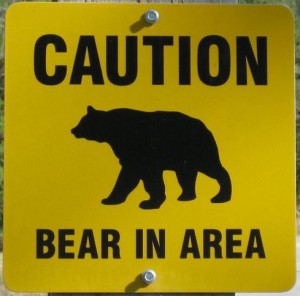
P.S Watch out for the BEARS!!!!!
“Sawtooth’s or BUST!”
Eleven horses, nine humans, five mules and a dog pulled out of Rob and Linda Adam’s place in Sweet Idaho, Wednesday, July 17. The five rig caravan loaded with enough provisions for five days in the White Cloud recreational area looked like a modern day migration of homesteaders. Plans laid by our particular group of backcountry horseman are seldom strictly adhered to, but we try to make them anyway. Ours loosely consisted of driving to Livingston Mill trailhead two hours outside of Stanly Idaho, spend the night at the TH and be geared up and mounted early Thursday morning for the ride into Frog Lake. Rob Adams, organizer, project coordinator, self proclaimed “Trail Boss” and all around nice guy – doled out the individual responsibilities for the trip well in advance. Rob would plan and execute the evening meals. Janine Townsend would take care of breakfasts. Robbin Schindele would do lunches. The Chicks, Bob and Lorraine, were responsible for the wine. Bill Selkirk and Kate Miller would be our entertainment directors for the week. I would do desserts. I don’t know if I’m becoming famous for my Dutch Oven desserts or everyone’s afraid they will get Beanee Weenees three times a day if given anything but desserts. My bet is on the latter. We arrived in Stanley shortly after 12:00 PM for fuel and a bite for lunch. What happened next was to unfold into every horseman’s worst nightmare. Willow, Rob’s trail horse of more than a dozen years, went down in the trailer with severe colic. The events leading to the tragic loss of a beloved trail partner and friend can be found by following this link written by Rob. I will not hash out the heart wrenching details of Willow’s passing further except to say that he will be sorely missed. Without Willow, the Squaw Butte Backcountry Horsemen are less than what we were. Though he cannot physically be with us, I know we will carry Willow within our hearts until the very last backcountry horseman draws their final breath. Willow will not be forgotten. We could quit and go home or figure out a way to continue on with one less animal. Backcountry horsemen don’t quit. I offered up my new pack horse, König, as a riding horse for Bill Selkirk. I’d recently acquired König and although he had all the potential for a great little pack horse, I had no idea how versatile he would turn out to be. This made us short one pack horse. The wheels turning in Rob’s head were all but audible. He could make this work. We’d cut down on the gear and take only what was necessary. Heck, we had twice as much as we needed anyway. I chuckle at what we chose to take and what we left behind. Left behind were fire starter, duplicate first aid-kits, extra tarps, rope, high-lines, various cooking utensils, solar showers and duct tape – but damn it – we didn’t leave behind dessert or the wine. There is a limit to adaptability and ours ended with the peach cobbler and boxed Cabernet.
At 17:30 on July 17, 2013 Willow my lead trail horse and dear friend had to be put down. The day started out full of anticipation as a number of friends were meeting at my ranch at 09:00 to caravan to Livingston Mills trail head in the Boulder / White Cloud Mountains to start a four day pack trip to Frog Lake and the Little Bolder chain lakes area. The day started out cool and clear, but was expected to get hot in the valley so all were ready to get underway to the mountains. I fed my five horses around 40 pounds of grass hay at 07:30 with an expected load and departure at 10:00. They were in my walk-in shed and holding corral. At 09:00 each horse was haltered, and given an opportunity to drink and then hosed off as they were covered with mud from playing in the pond (mud hole) the day before. They were then fly sprayed and loaded into my trailer. Willow only drank a bit, but was acting his normal self and took advantage of being in the yard while getting washed up, by eating anything he could reach. He was the last one loaded and we were on the highway at 10:15.
After an easy drive we arrived in Stanley at 12:15 and got in line to fill up our fuel tanks. We heard and felt the thump when willow collapsed in the back of the trailer. Bill Selkirk jumped out and came running around the trailer shouting that Willow was down. I jumped out of the truck, opened the trailer door and he looked dead, not moving. I jumped in and he moved his head and looked at me. I jerked the lead rope and he attempted to get up. With Bill and a couple of the others help I got him on his feet and out of the trailer. We walked around a bit and he seemed un-injured.
I walked him around for a few minutes and he seemed to be ok, other than he was sweating a bit, but that could have been from the fall. Then his legs just went out from under him and he hit the ground. He hit the ground hard, and rolled four of five times. I got him on his feet and we repeated the cycle. We would walk a while, than he would do a belly flop and try to roll. His belly was blowing up and it was obvious that he was in great discomfort.
Janine got on her cell phone and called her vet for guidance and to see if they knew of a local large animal vet in the Stanley. Chick went into a store to find out if there was a local vet. Both came back with phone number of two vets, one in Challis the other Bellevue, Id. While trip members kept Willow on his feet, which was getting harder and harder, phone calls were made. The Challis vet said he was swamped and could not come, and was not sure he could help if we went there, his practice was limited to what he could do out of the back of his truck.
The Bellevue vets at “Sawthooth Equine” said if we could get him into a trailer and to their facilities they would do what they could. Janine and her vet were going over the drugs we had at hand, and a 1000 pound dose of Banamine (Flunixin Meglumine) paste was given. Both Janine and I have injectable Banamine, but had not brought it. Janine also had Rompun (Xylazine HCI) that with the guidance of the vet on the phone was injected into a vein on Willow’s neck while he was collapsed on the ground, no easy feat! The Rompun is a sedative and analgesic and the vet told us we only had a few minutes to get Willow into a trailer and to a vet or we would lose him.
Laurie had unloaded her two horses and the whole group got Willow to his feet and pushed him into the trailer. The door was slammed shut and we were off.
It was a mad dash down US 75 over the pass and down through Ketchum full of tourists and Winnebago’s. We arrived a bit before 16:00 and Willow was still on his feet, and for the first time I felt there might be some hope.
The vets were waiting for us; we unloaded Willow and took him into the clinic. They did a quick exam and determined he was in great distress and extremely dehydrated. They took blood, reached into his anus with a greased glove and located the blockage, saying words like twisted gut. His heart rate was through the roof, sweat was pouring off him and he tried to go down a couple of time. They inserted a large needle into his abdomen and fluid squirted out. They pumped more drugs into him and inserted and IV and hooked him to ten gallons of IV fluid.
The Vets suggested that Laurie and I go for a walk and in an hour we would know if there was any hope. We talked about surgery and how unlikely it would save him, so it was up to him to pull through. We walked over to an Albertson’s and got a couple of ice teas and a wrap from the deli. After 45 minutes they called Laurie’s cell phone, No idea how they got that number, and said to come back.
Willow had not responded and was lying in a bed of shavings, a shell of the horse that had loaded into the trailer this same morning. The vets asked me what I wanted to do, and I swallowed and said, it is time to let him go. They said they would take care of his remains, I signed some paper work and it was done.
I am sharing this because I think there may be some lessons learned.
First I fed dry feed (hay) without a ready water source a couple of hours before the trip began. They were offered water before they loaded, but not all drank all that much. In the future I will only feed small amounts of soaked (wet) hay before doing a trailer trip. It was something Dr. Hardy talked about at the clinic and it really sank home this day.
Second, we were out of our normal vet’s range, we should have had a list of vets along our route with phone numbers, so we could have saved time finding the nearest one. Your vet or Vet Finder (http://www.webvet.com/main/vetFinder) on the web can help you make a list.
Third, the paste form of Banamine is fine for some things, but takes quite a while to act, in this case we needed the injectable and the skills to put it in a vein.
If you travel with your horse for more than short day rides, you need a good vet kit, and some skills to make use of it.
I lost a great trail horse that has taken me over thousands of miles of Idaho trails and I will miss him greatly. I watched him go from I can’t wait to get on the trail, to a shell of himself in less than four hours, so you don’t have time to not get it right. Would any of this made a difference on Wednesday, I do not know, but I am going to make sure my stock in the future have the best odds of making the trail head in as good shape as they left the ranch.
Rob Adams
Logistics is the management of the flow of resources between the point of origin and the point of consumption in order to meet some requirements. Just like the UPS commercial, the Renwyk Creek and Tripod Peak projects were all about logistics. The first logistic problem was how to schedule and manage two separate projects on the same weekend. The projects were trail maintenance on two trails out of the Renwyk Creek trail head north of Sage Hen, the second was packing over 1500 pounds of food, water and equipment from Joe’s Creek Trail head to the Tripod Peak fire lookout with members of the Boise National Forest crew. Read More Pictures
Also see Tom Seay’s video clip in support of BCHA. (From Best of America By Horseback)
Back Country Horsemen of America Gives Youth a Leg Up on Tomorrow By Sarah Wynne Jackson
The GAO just posted on its website an updated report on the USFS trail maintenance and reconstruction backlog: http://www.gao.gov/products/GAO-13-618
From: curt
We are announcing our new Facebook page “Free Horses in Idaho”. It is a page where people who find that for one reason or another they can longer keep their animals, can list them for no charge. The animals can be listed from $0 to $600.
Our purpose is to try and help horses, donkeys, mules, ponies and burros find loving homes before they have to go to auction. With the large group of surplus horses in America today many of these horses end up with kill buyers. Even with the end of horse slaughter in the US (we hope), these animals are still being sent to slaughter in Canada and Mexico.
Although we are new, we are following the pattern of several other pages including Free horses in Oregon, and Free horses in Washington. We hope to have a quick impact. Any horse $600 or less can be entered on our page. We would encourage you to visit our page. In order to limit what kill buyers can see it is a closed group. Feel free to join and add your animal to our page. Please read the “Rules of the Road” under Files on the main page.
Free Horses in Idaho www.facebook.com/groups/149754131883141/
You can post your information and pictures, or you can link to your another site such as a Craig’s List ad by simply copying the url (the web address at the top of your browser) and pasting it in the dialog box when you post your animal. You can also add any additional information you may have.
This page is meant to cover horses in Idaho. There may be some overlap with eastern Oregon and eastern Washington around major metropolitan areas such as Spokane, Lewiston, and Boise. When your horse is no longer available, please message us so that we can delete the listing for your horse. That way you will not be bothered with additional inquiries. Please pass our page on to others you may know who are looking for a horse for the long term or for some reason find they can no longer care for the animal that they already have. The limit is $600.
Please forward this email to other groups, organizations, and distribution lists so that we can increase the number of animals who can find loving homes.
Regards, The folks at Free Horses in Idaho
Yellow Jacket to Telephone Ridge Trail Project
It’s all in the timing. Janine and I pulled into camp, north of the Telephone Ride trailhead, Saturday afternoon just in time for super!
The crew chatted about the day’s project while preparing the evening meal. Members that arrived Friday evening spotted a pair of wolves passing through camp. Phil said the wolves paid little attention to them and showed less interest in the horses tethered in camp. Bearing slight resemblance to the shy, elusive creatures of the past, the massive animals dwarfed a large German shepherd. It would be wise to keep our dogs close and contained at night.
Saturday morning the six member crew covered a 15 mile loop from Yellow Jacket to Tyndall. Trails were reported in excellent condition due to previous maintenance by the TVMA. Some light pruning of overhanging limbs and removal of a few “widow makers” finished off the trail maintenance for ATV’s and horses.
After a dinner of DO baked chicken, stewed potatoes and onions, chili relleno casserole, baked beans and cherry upside-down cake, our crew hunkered down for what promised to be another chilly night with temperatures in the upper 20’s.
Sundays are normally a day of leisure and light riding on these weekend projects. Those that stay over will spend a few hours in the saddle enjoying the scenery during a relaxing day ride. At least that was our plan.
The first half of Telephone Ridge to Rice Peak is a steep grade that appears to never end. Hundreds of charred trees lined the trail as we wound our way through a burn. Obstacles were not a problem as the TVMA had also cleared this section of trail to the snow line. One good wind and that could all change in a hurry.
The reward for cresting the top is a lovely view of the Sawtooths. A family of ATV riders stopped at the overlook and visited with several members. Someone commented what a shame it was that the ATV’ers had missed catching sight of a small lake and the old fire lookout. I enjoy my Honda Rancher – but give me a good horse and comfortable saddle any day of the week.
The trail dropped off the ridge to a creek and disappeared. Phil thought the area looked familiar from his trip several years back. Rob took off on foot to scout a route that would drop us into Rice Lake and the trail leading home. The rest of us ate lunch and waited.
“It’s like this…it’s doable, but it has to be a unanimous decision. Everyone goes or nobody goes and we go back the way we came.” Rob went on to explain that we could make our way over the saddle and drop into a large meadow. The road picks up at the edge of the meadow on the far side of the bowl. The problem was the descent into the bowl. A large snowfield the size of a football field covered the steep slope. “It’s steep – but it’s not that steep if we lead the horses through it.” Rob, define “not that steep” for us again?
Phil volunteered to go first. Aside from a slight detour into a tree, he led his big red gelding down without incident. Jon followed Phil and Rob followed Jon. Rob led his riding horse and let the pack horse go on her own. Janine was riding a brand new, barely out of the pasture little Kiger/mustang that she was not all that familiar with. It was agreed that Gambler the Kiger would follow Rob down with his string. Everybody was on board with that except Gambler. He was not consulted in this decision and was not leaving Janine behind. He peered over the edge as Rob and his string slipped and slid their way down the slope. Janine took Gamblers lead and the duo cautiously made their way safely down. Lorraine and her horse Sassy were next. With a little coaching from the previous ascenders – Lorraine and Sassy picked their way down the mountain.
I looked at Chick. Chick looked at me. “Well…do you want to go next?” I asked. Chick crossed his arms in front of him and shook his head. “Nope. I’m going last…I’ll be right behind you.” Great…apparently, not only can Chick belt out a toe-tapping rendition of Froggy Went a Courting, but he was also a mind reader. I had no intention of diving off that ridge with a 1200lb horse on my heels. If I could get Chick down before me, there would be no one to prevent me from getting back on my high horse and heading back the way we came!
I took a couple of steps. Jack took a couple of steps. “Shoo! Shoo horse! Go down the hill in front of me! Go on…Shoo!” Jack did not shoo. He pawed at the ground and commenced to roll. What happened after that is a blur to me but I’m sure the others got an eyeful they will never forget. I yanked on Jacks’ lead to keep him from rolling – he jumped up and bolted across the slope at an angle. I did my darnedest to cut him off from running back up to toward Chick. I did not succeed. He bolted in the other direction, lost his footing and went sailing down the slope like a giant buckskin covered toboggan picking up speed by the second. I thought for sure he would tuck his head and flip ass over teakettle. I barely had time to get over the image of him breaking his neck when my horse careen out of control down the hill and body slammed into a large granite boulder. I winced at the impact and imagined a shattered shoulder moments before he jumped up and dashed toward me across the slope. I threw up my arms, “Whoa Jack!” Jack did not Whoa. He bolted past me, made an abrupt 90 degree turn uphill and sunk clean past his belly. There he sat; stuck in a hole. His upper half sticking out of the snow – the rest of him buried midway past his girth. Now what horse? I could barely hear my comrades shouting words of encouragement (I prefer to believe it was not laughter) and advice from below. “Get hold of his lead and pull him downhill!” Ok. I can do that if I could find his lead. I followed the lead from this halter to where it disappeared beneath the snow. I tugged on the lead. It did not budge. I guessed he was stepping on it. Jack struggled a little and the lead came free. I think I heard someone shouting up more advice, “Don’t let go of that lead again!” Excellent advice; Ok…I can do this. I will not let go of this lead. I pulled Jack’s head slightly down hill. He heaved himself up and stood. I peered into the hole he had made when he broke through the rotten snow and damn near got sick. I don’t remember making it the rest of the way down the hill.
I hardly remember Chick coming down the slope but I must have been watching because I got pictures! Gathered together at the base of the ski slope, Janine met me with a big smile and two thumbs up. Phil, more animated than I’m accustomed to seeing him, grinned like a schoolboy: “That was a kick! Let’s do it again!” I do believe he meant it.
I did a quick exam of Jack. Running my hands over his legs to feel for injuries, I found two small scrapes and a minor laceration on the inside of his left hind leg; a small price to pay the fiddler for such a dance. I hugged my horse tight, swung into the saddle and followed my comrades through the meadow to the road that led to camp. A total of 18 miles that peaked out at 8200 feet in elevation.
Gambler had been a trooper the entire ride. The young five year old had barely been out of the pasture and under saddle for little more than six months. He diligently carried Janine up that ridiculous grade without complaint. He proved himself calm and level headed on the ski slope. Now, barefoot and sore, the little Kiger trudged onward seeking soft ground for his tender hooves. Janine would not push him. We let the others hotfoot it back to the trailers while we took our time and let Gambler pick his way. We got off and walked the last few miles to ease his load. If it had been possible, I would have tossed him over my saddle and let Jack carry him home.
We broke camp and said our goodbye’s as one by one, SBBCHI members brought an end to another successful and rewarding project.
Click here to view the album of pictures
His name is Gambler”. Actually it’s My Nevada Gambler, but he goes by Kiger. He’s full mustang and 1/2 Kiger mustang. he’s 5 years old, is about 14.3 hands and may grow another inch and a half. He’s got the most calm disposition you can imagine. He seems to be unflappable.
There was great big tree blocking the trail we were on. So he sauntered right up to it, asked if I wanted him to go over it or under it, and when I didn’t reply he started eating the moss off it. That was the first time he had been to the river; he walked right into it, got a drink, and splashed around. On the way there we went through copious amounts of sticky, thick, clay mud on the trail; no lunging or lurching or trying to avoid it—just plowed right through it.
On Sunday, June 16 Janine and Kiger did his first Squaw Butte Trail ride. They did a loop from the Yellow Jacket trail head. Up the Telephone ridge trail, then onto the Rice Peak Trail, about 18 miles total. Along the way he encountered mud, step overs, creek crossings, steep climbs and descents, and a football size snow field that if it had been a ski run would have been rated “Blue”. This little horse is all heart and can do, not missing a beat, whatever came along. If another horse did it, so did he!
What a guy! Visit “Horse Springs Kiger Ranch”
Oregon has arguably the most prized wild horses available on public lands featuring the Kiger mustangs. Oregon’s wild horses are known for their quality and color and are popular with adopters throughout the United States. The Spanish Mustang was a part of early American history, having roots in Native American history, and is the horse that helped settle the west. At one time it was thought to be extinct on the range. Since the Kiger Mustangs may well be one of the best remaining examples of the Spanish Mustang, their preservation is extremely important. Kiger Mustangs have the physical conformation of both the tarpan and oriental hotblood horses from which the original Spanish Mustangs came. They have small, round bones, small feet and very little feather on their legs and fetlocks. Their eyes are wide set and prominent. These animals also have distinctly hooked ear tips and fine muzzles. The Kiger Mustangs also look very much like the modern day Spanish Sorraias. They are indeed a unique breed of wild horse.
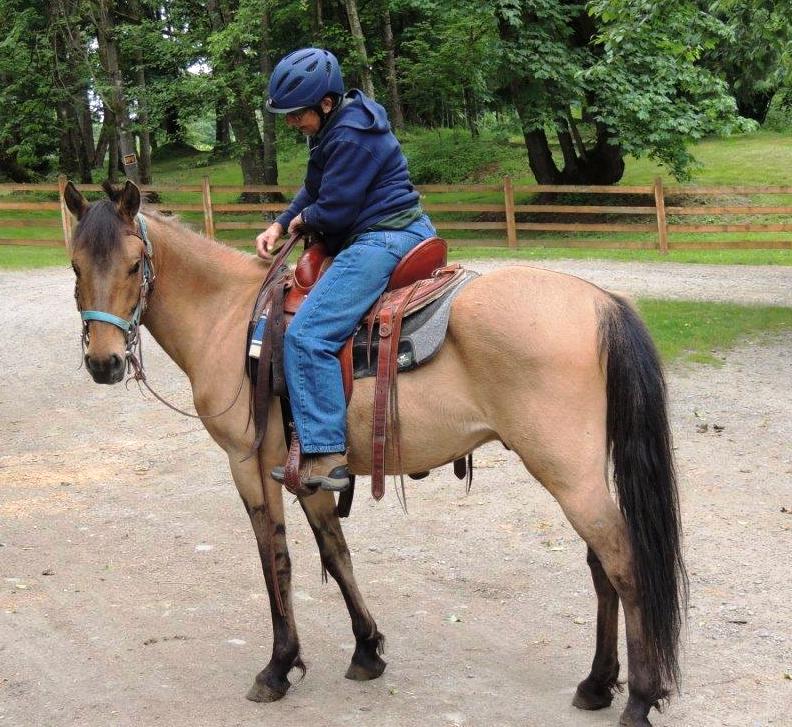
Janine with her trail companion “Kiger”, notice the zebra strips on the legs, typical of Kigers.
Retracted soles are when the sole retracts, or ‘sucks up’ into the arch of the coffin bone. Usually this happens to horses when they are in a wet or muddy environment. The external appearance of the foot will have good concavity (usually excessively good), and even sole/toe callusing. However the horse is often footsore with low grade pulses, sensitive to hoof testers and even manual palpation. These horses often get diagnosed with low grade laminitis and/or sub solar abscesses. As stated by Dr Buff in the AFJ article: “The appearance of the sole cannot be mistaken for any other sole issue. Instead of having a nice sole concavity, the sole appears to drop off from the white line. Retracted soles that get unnoticed by the farrier during trimming can result in over trimming of the hoof wall, causing the horse extreme pain due to sole pressure.” (Buff, E. 2012, Recognizing and Treating Retracted Soles, American Farriers Journal, Sept/Oct 2012)
Agency imposes new rules for Birds of Prey area
BOISE, Idaho (AP) — Federal land managers are imposing a ban on paintball warfare and rock climbing in and around a raptor sanctuary along the Snake River canyon south of Boise.
The U.S. Bureau of Land Management announced the new rules Monday for the Morley Nelson Snake River Birds of Prey area. Agency officials have been crafting the rules for several years in hopes of better protecting raptor habitat and improving public safety in the area. New rules prohibit rock climbing and rappelling in the canyon within the sanctuary boundaries to protect 16 species of raptors that nest along the rock walls. Paintball guns have also been outlawed inside the area and within a quarter-mile of the boundary. New restrictions have also been implemented for campfires. Offenders could be fined or sentenced to prison.
Wild Land Fires – Forest and Range land fires are different in Idaho Rocky Barker, May 2013
History alone is enough reason to make the Boulder-White Cloud Mountains a national monument, speakers at Redfish Lodge said Saturday.
Cecil Andrus’ fight to stop a molybdenum mine at Castle Peak in 1970 got him elected governor and changed conservation politics in the West, said Idaho Conservation League Director Rick Johnson. He rattled off historic mining sites, unique botanical resources and fish and wildlife values that support the bid to make the entire Boulder-White Clouds worthy of monument status.
Should the entire Sawtooth National Recreation Area be included in the designation?
Red Fish Lake
By ROCKY BARKER — June 4, 2013
Backers of a proposed national monument for the Boulder and White Cloud mountains east of Stanley and north of Sun Valley want to make sure it’s the right size and has the right federal agency to give the region the focused “showcase management” it deserves.
But as the Obama administration undertakes a review of a possible monument designation, just how much of the 500,000-acre road-less area in central Idaho would be included in the proposed monument and how it would be managed remain open questions.
In a visit to Boise last month, Agriculture Secretary Tom Vilsack pointed to Chimney Rock, a 4,700-acre archeological site in the San Juan National Forest in Colorado designated by Obama as a monument, as a model for decision-making that involves all stakeholders. Sawtooth National Forest Supervisor Becky Nourse pointed to Misty Fjords National Monument in Alaska as an example of how the U.S. Forest Service has addressed monument-management issues. Read More
Last Saturday I went for a day ride. A day ride is when you do chores, load a horse, go somewhere, ride for a while; then load up, go home and do chores. This year when I’ve been doing this I’ve been saddling my horse before I load him. Someone suggested to me a while back that he might be cold backed. Which means he needs to get used to the saddle before I get on. Admittedly this discussion occurred after the suggestee watched me get bucked off, moments after I got on, the same horse we’re talkin’ about here.
Anyway, last Saturday I caught him, a chore for another story. We went to the trailer and I led him the to the grain pan I’d put out as a reward for being caught. He lowered his head. I lowered my head. It was empty. He looked at me and I looked at the pup. She was licking her lips and looking straight into my eyes. The horse licked the bottom of the pan. It was a family moment.
So we got over that and I brushed him down and saddled him up. I knew we had a way to go so I didn’t cinch him down too hard. We did the other stuff you have to do before you go. He stepped right in the trailer; I told the dogs to STAY HOME! and off we went
I dealt with the low trailer tire, which went flat, but that’s another story. After 30 miles of the most rough knucklin’, shock bustin’, slip slidin’ washboard road I’d been on in days we got where I’d said I’d be before the time I’d said I’d be there.
Said “Howdies!” Walked back and opened the trailer door. I looked at Dusty. He looked at me.
I looked back and noticed my saddle was almost under his belly. It was really kind of caught up against his legs on his right side. The felt pad had come against his right stifle and was holding the whole rig from going all the way underneath. I cursed. He looked at me.
I called to my friend Terry MacDonald. He came running, he looked, he cursed. The horse looked at us both.
Talking “Whoa.” all the time I walked into the trailer and lifted the saddle. Tried to slide it around his girth to where it belonged. No go.
Terry said, “If you got it (the saddle) I’ll undo it.” An easy task since the cincha buckles were now on the top of the horses back. So I held the weight and he undid the buckles. The horse was just pushing his muzzle against my neck and talking trash about” just getting out of the, expletive deleted, trailer. “ (My horse can curse too when he chooses.)
Saddle off and set aside the trailer I untied him and out we went. We both walked around and looked around some, I saddled him again and we went for a good ride on a fine spring day.
Everything about this story could have been a wreck, but it wasn’t. I don’t know if it was luck. I don’t know if it was a miracle. I do know I’m putting my trust in the horse.
By: Robbin Schindele
For More Information To Donate online
Welcome to the Diabetes Ride!
The Diabetes Ride is a pledged equestrian trail ride that began in 1995 and has been running annually since that time. We hope you’ll plan to join us every year! The Diabetes Ride benefits Idaho Diabetes Youth Programs (IDYP), a local nonprofit that since 1978 has been providing diabetes camps and programs for children and teens with Type 1 diabetes.
Anyone may participate in this trail ride. We encourage all of our participants to collect pledges for their ride and turn them in on the day of the ride. If you collect more than $175 in pledges, you ride for FREE! We often have riders that collect more than $500 in pledges—sometimes as much as several thousand dollars! That money is put to great use and is much appreciated by the staff at IDYP! Read more about IDYP and the Hodia Camp programs at www.hodia.org.
Eric Melson here from the Selway-Bitterroot Frank Church Foundation writing to update you about three volunteer trail maintenance projects this summer within the Frank Church – River of No Return Wilderness. We’re looking to fill these projects with volunteers, maybe you could be one of them? Please feel free to pass this email along to folks who may be interested in joining us for a projects this summer. Here’s what we have cookin’:
Volunteer Registration Packet 2013 SBFCF Southwestern Idaho 2013 Projects

